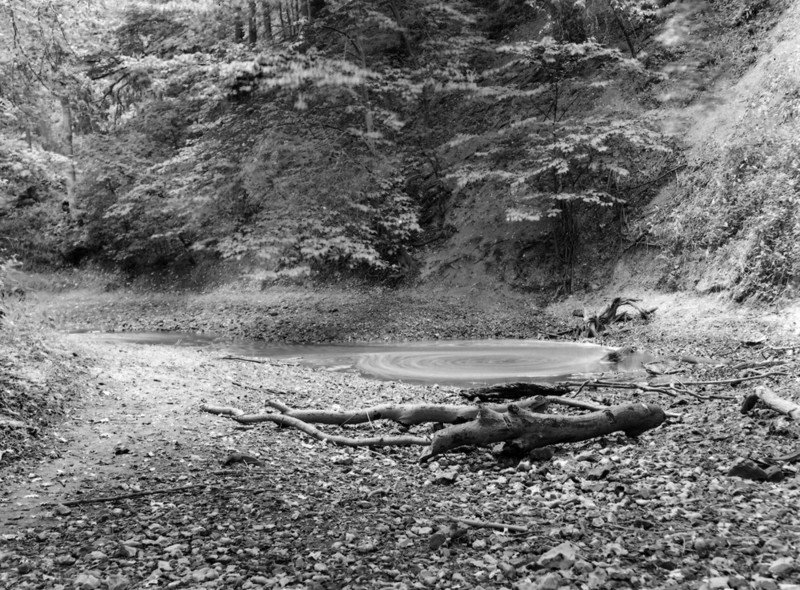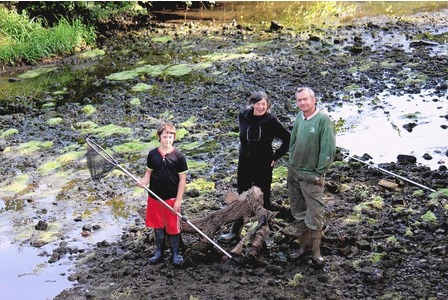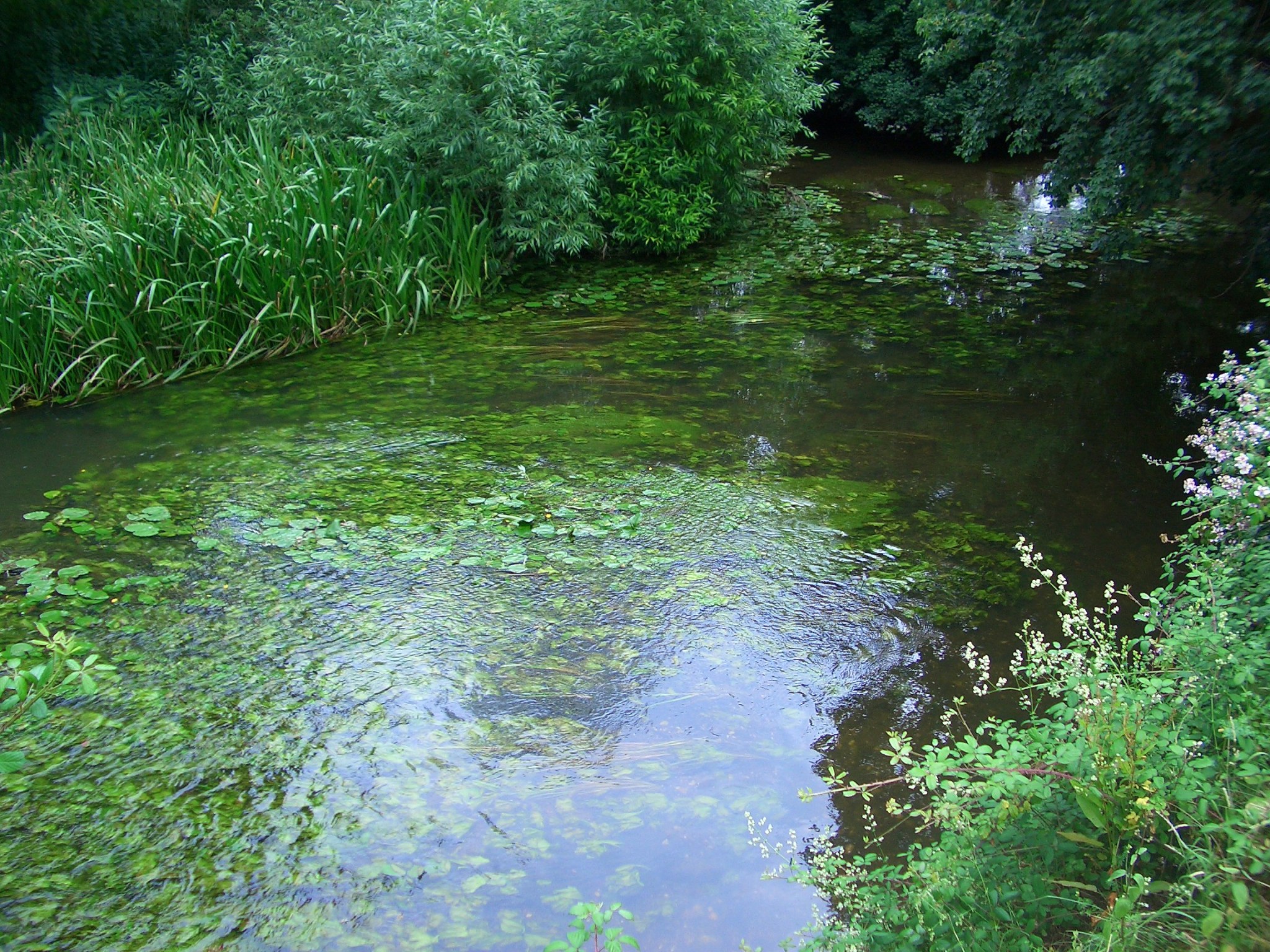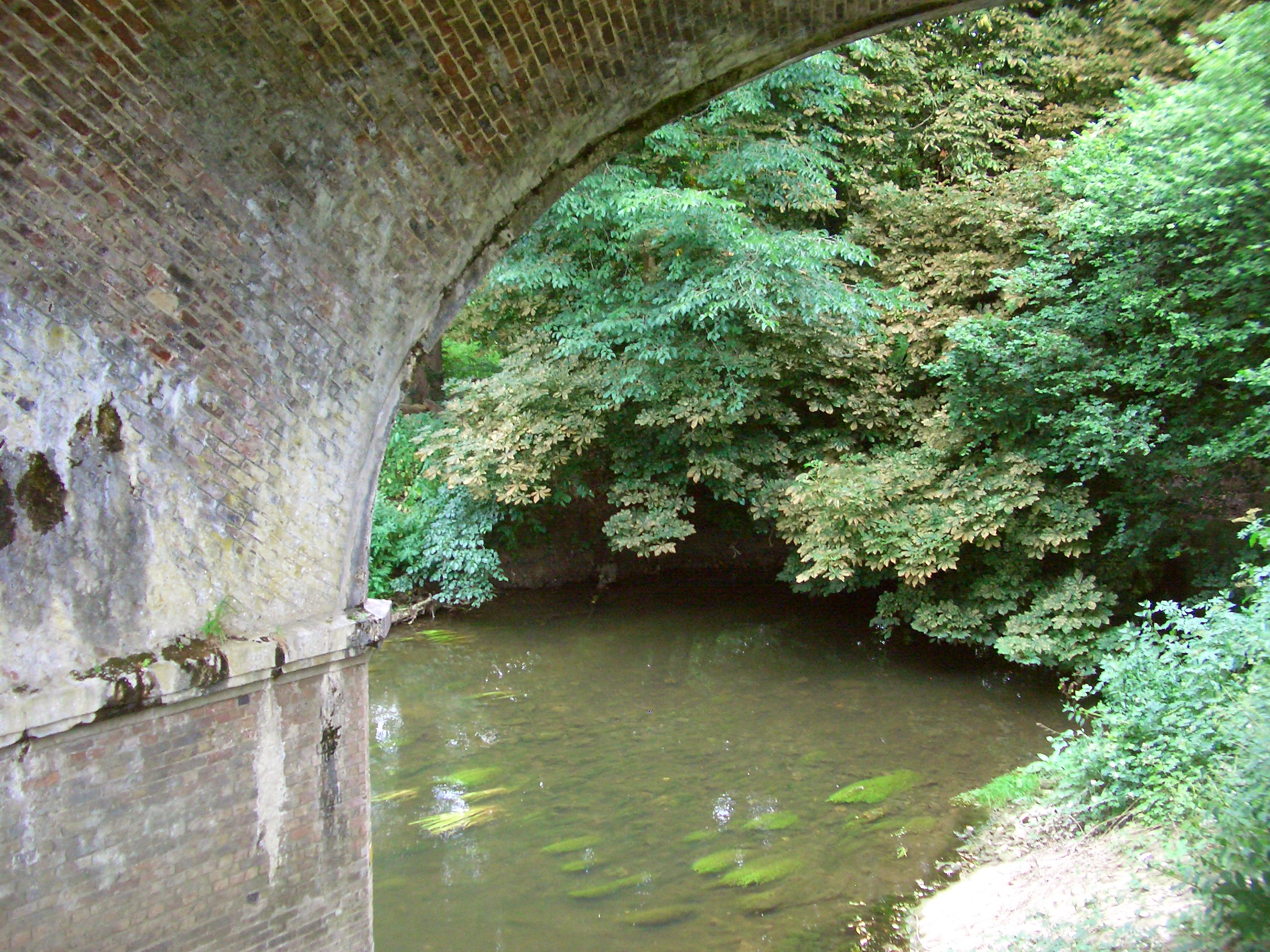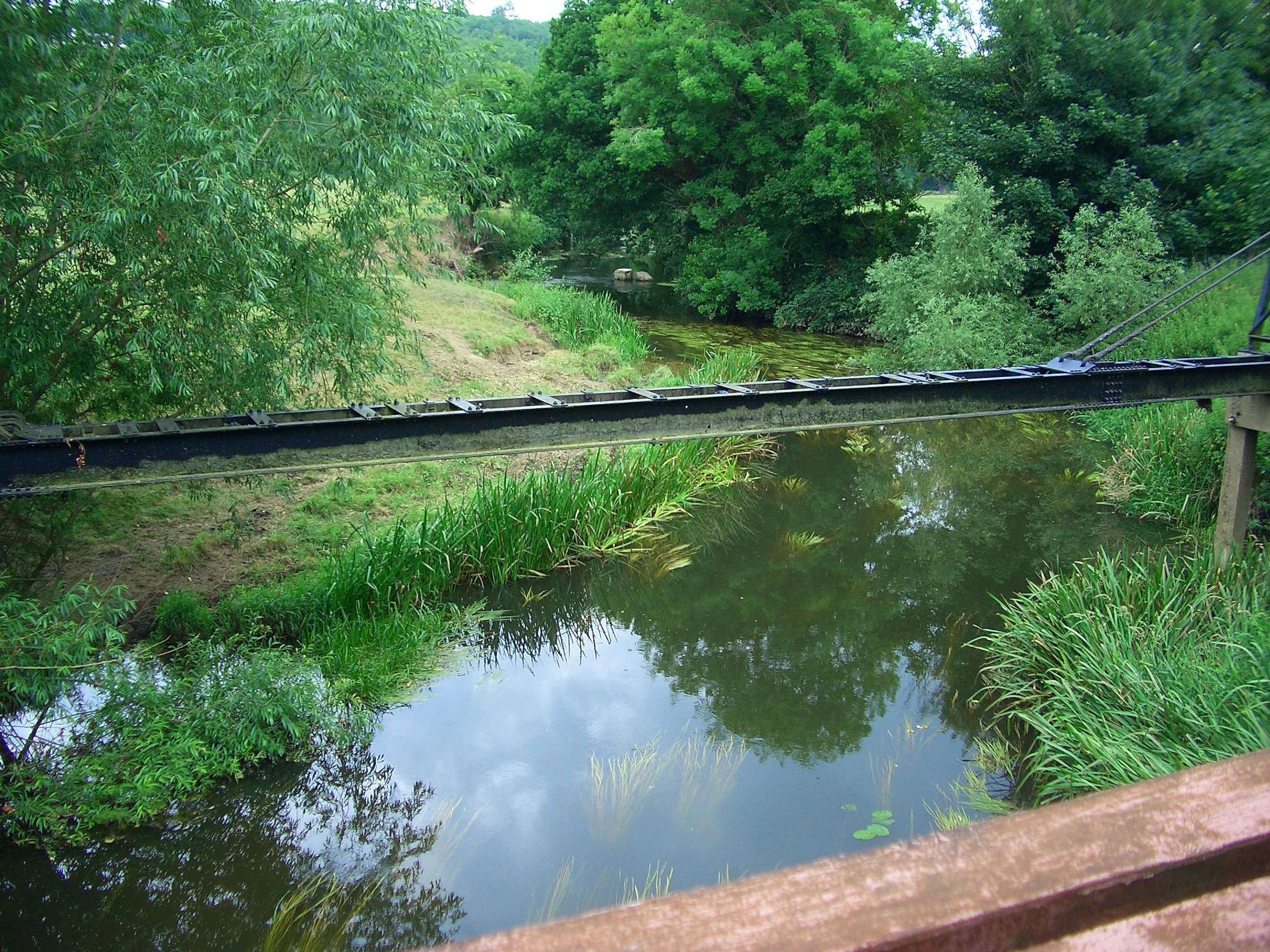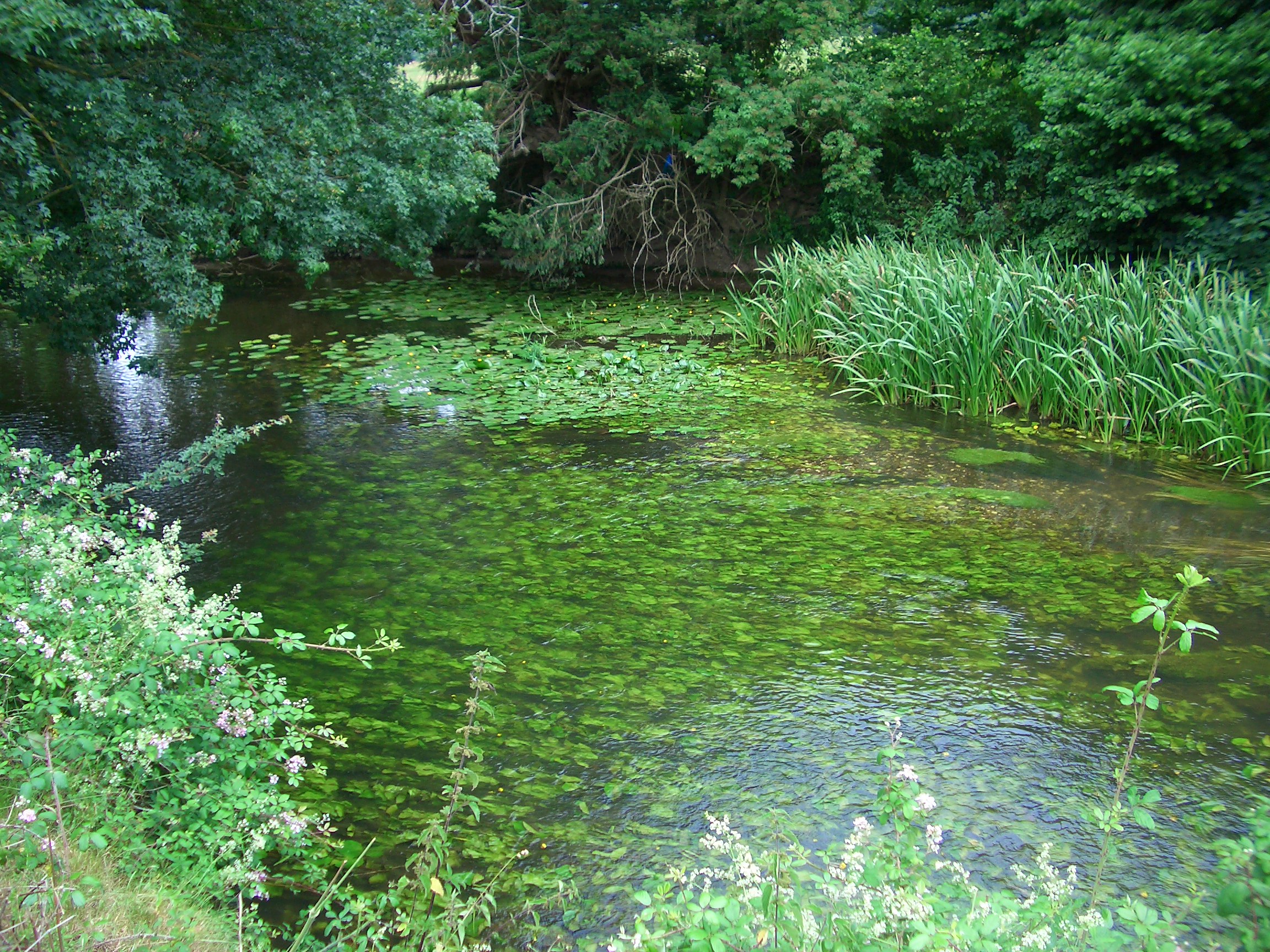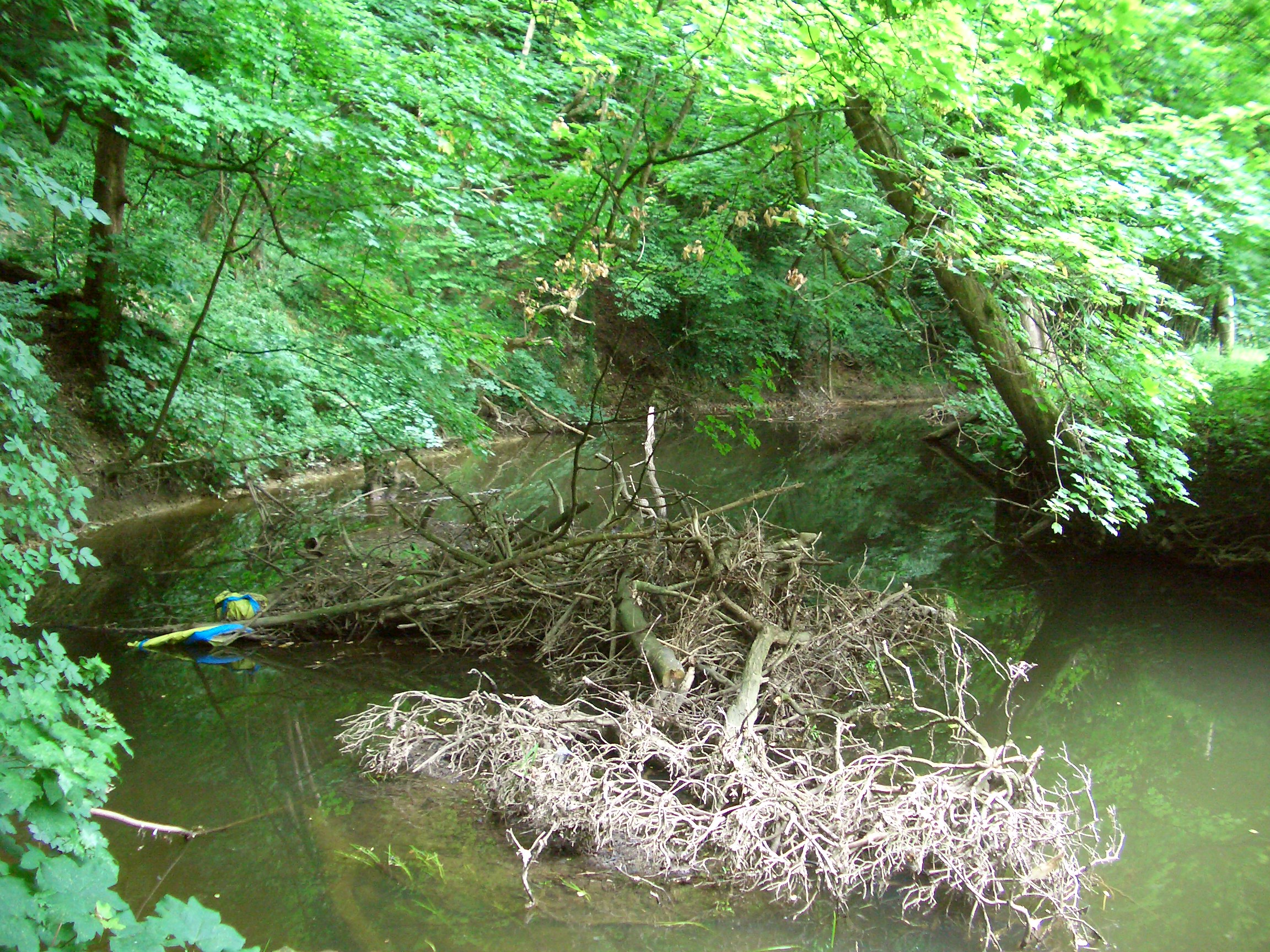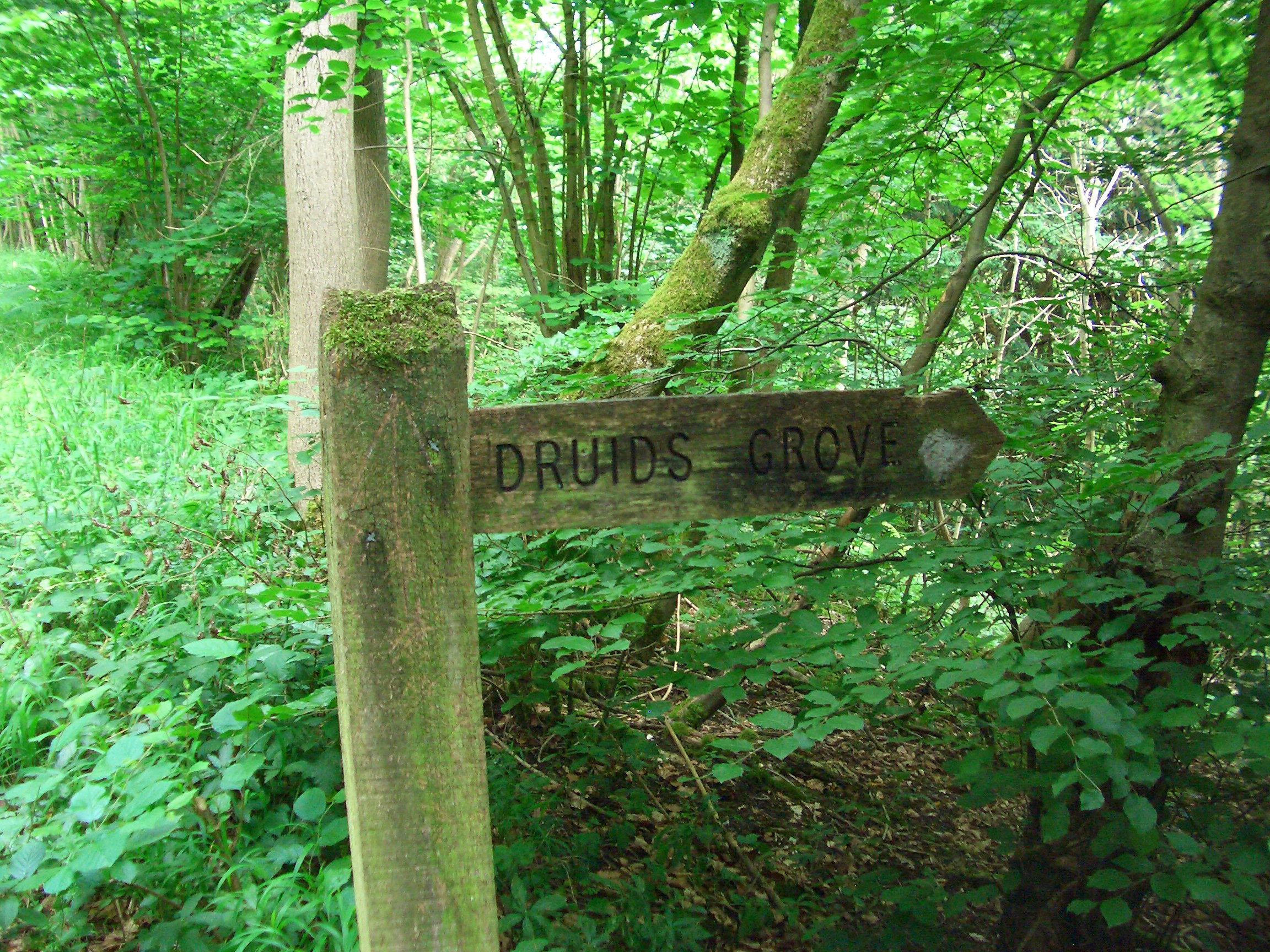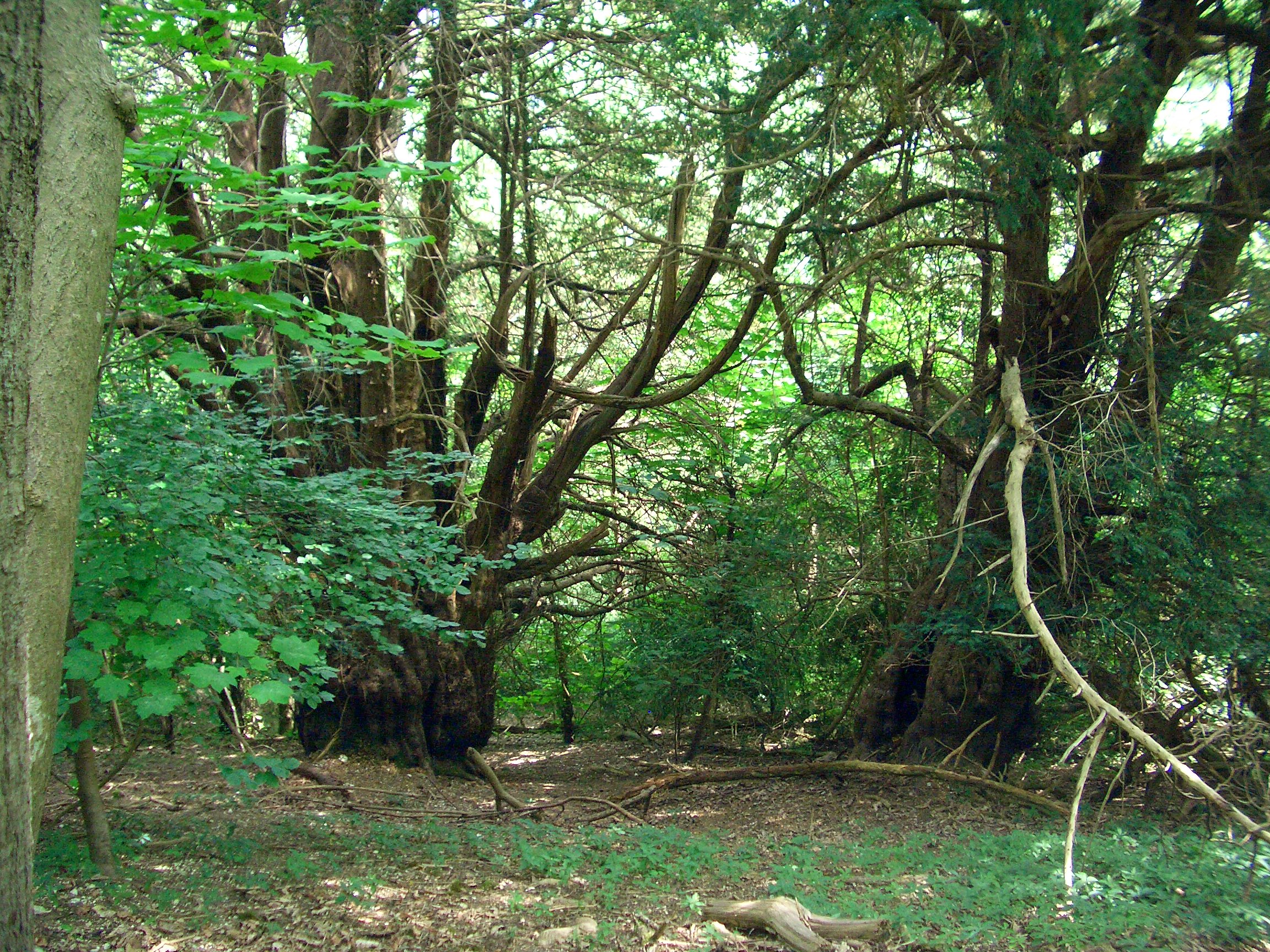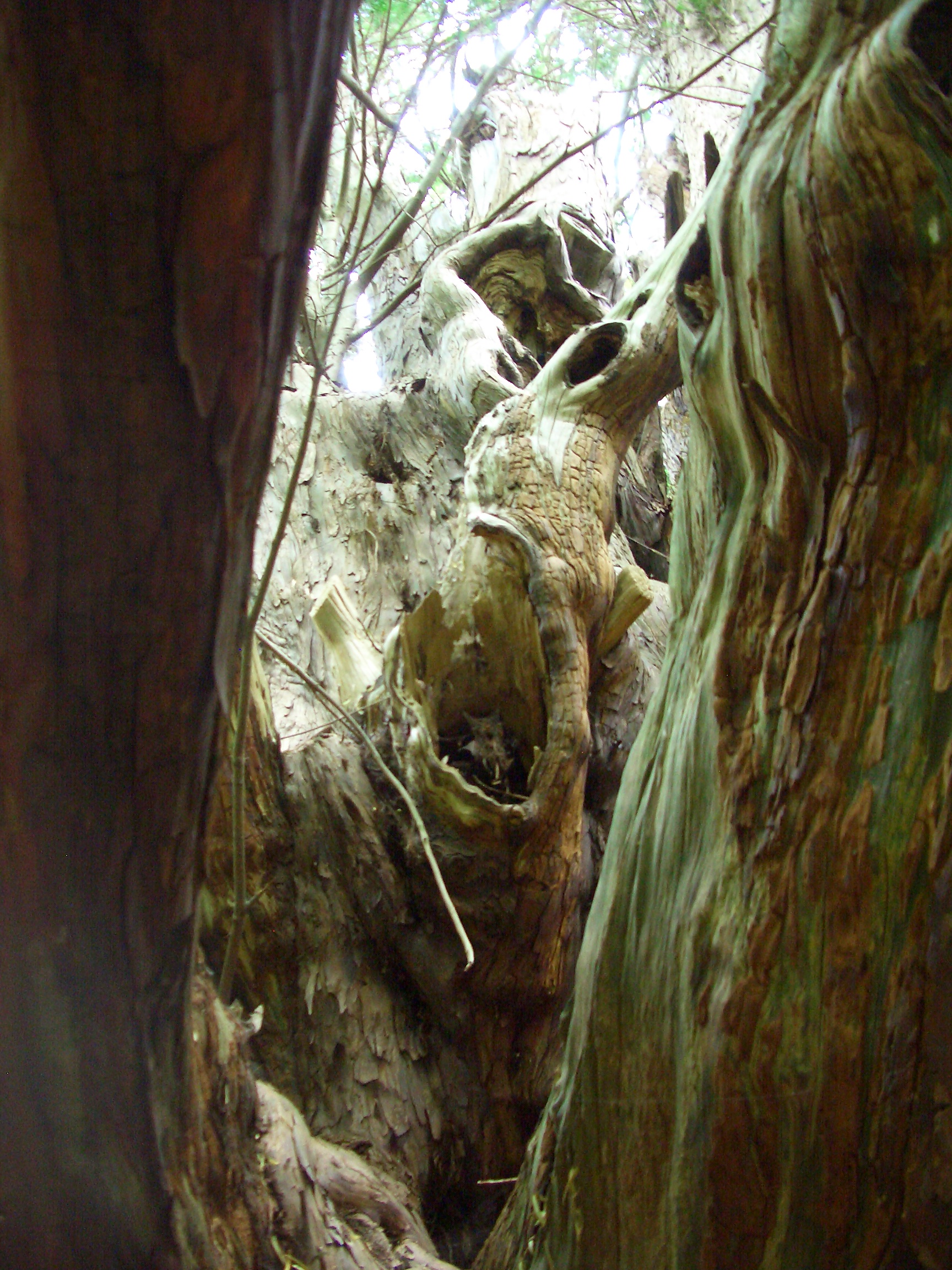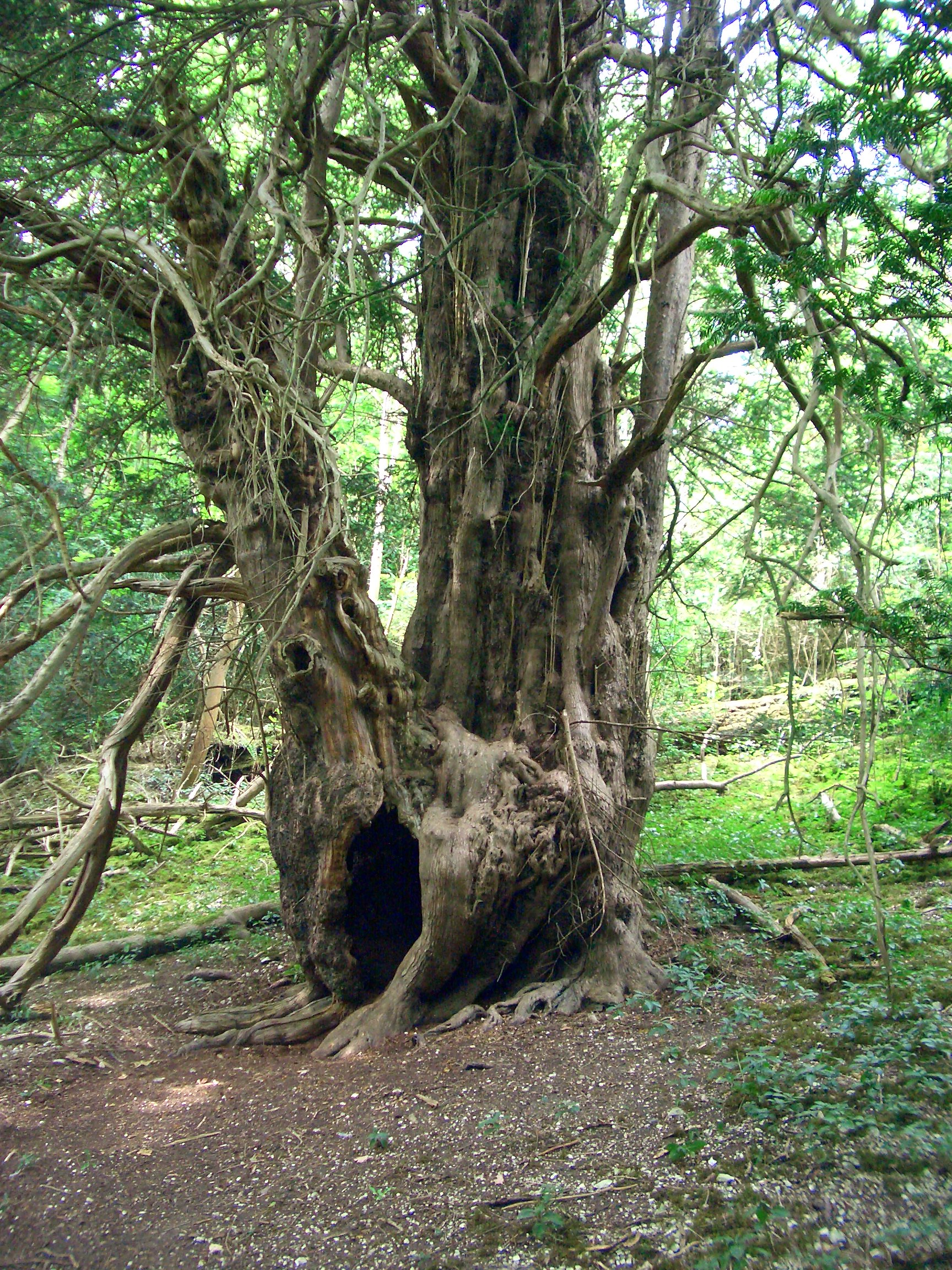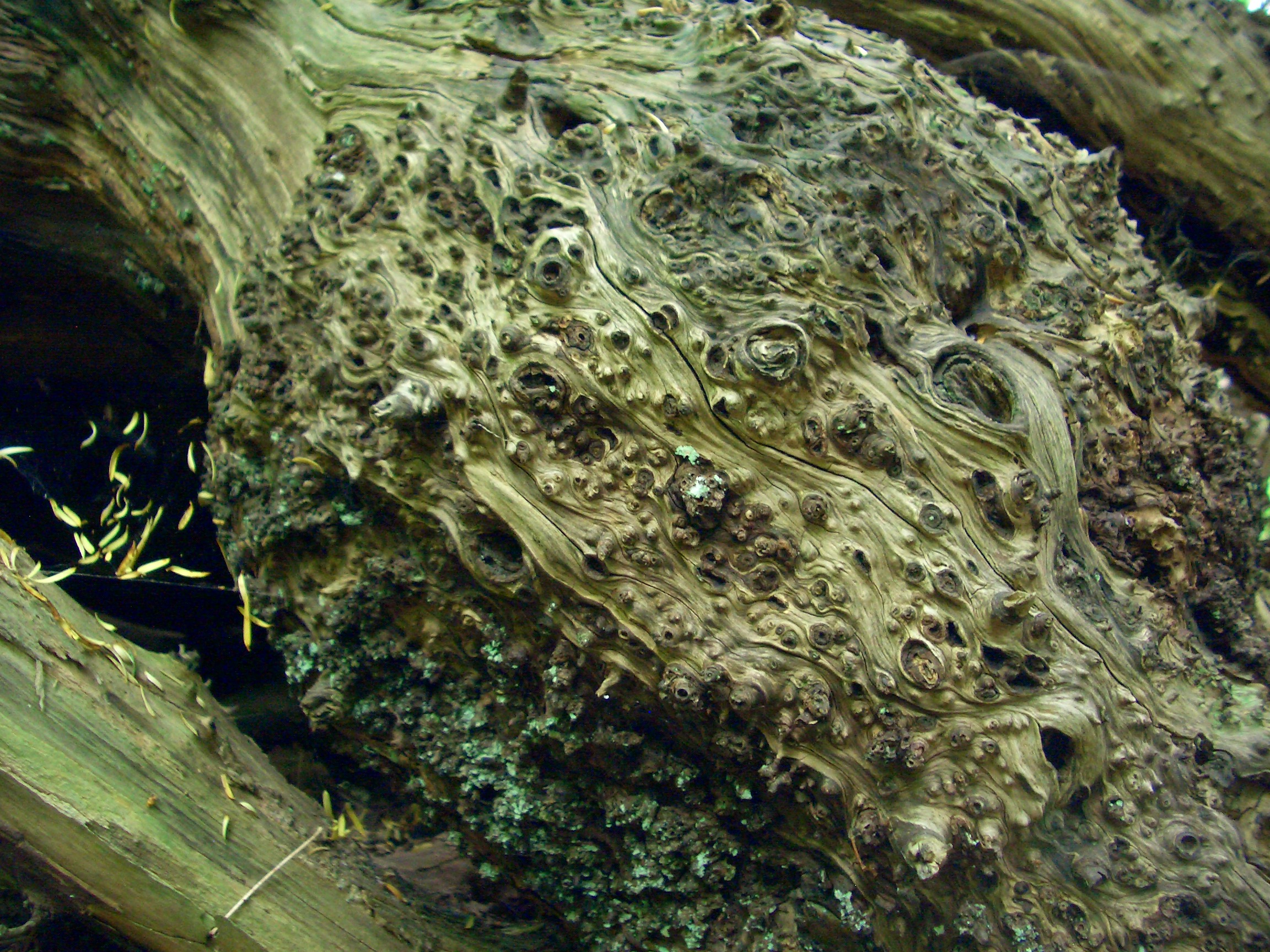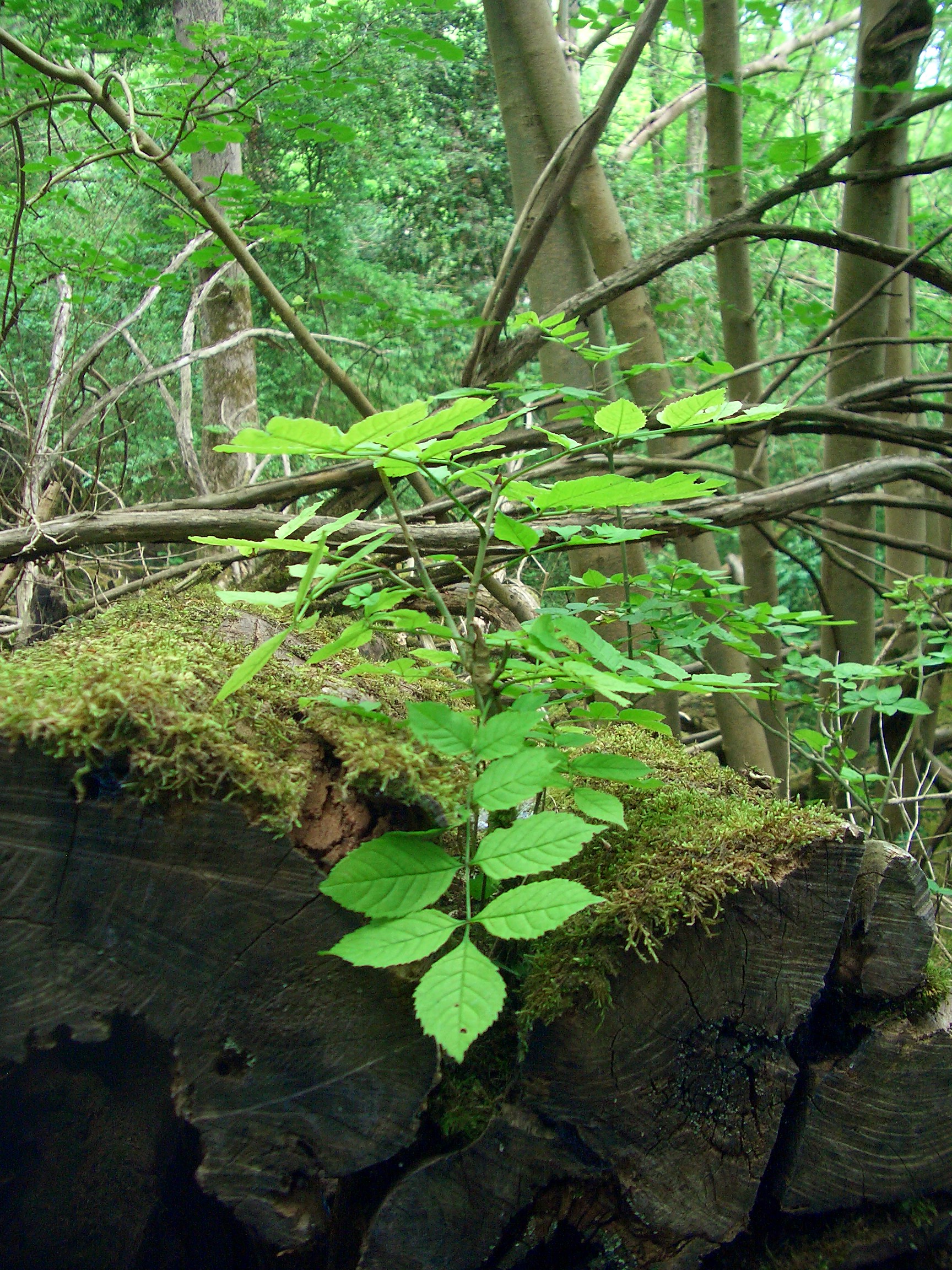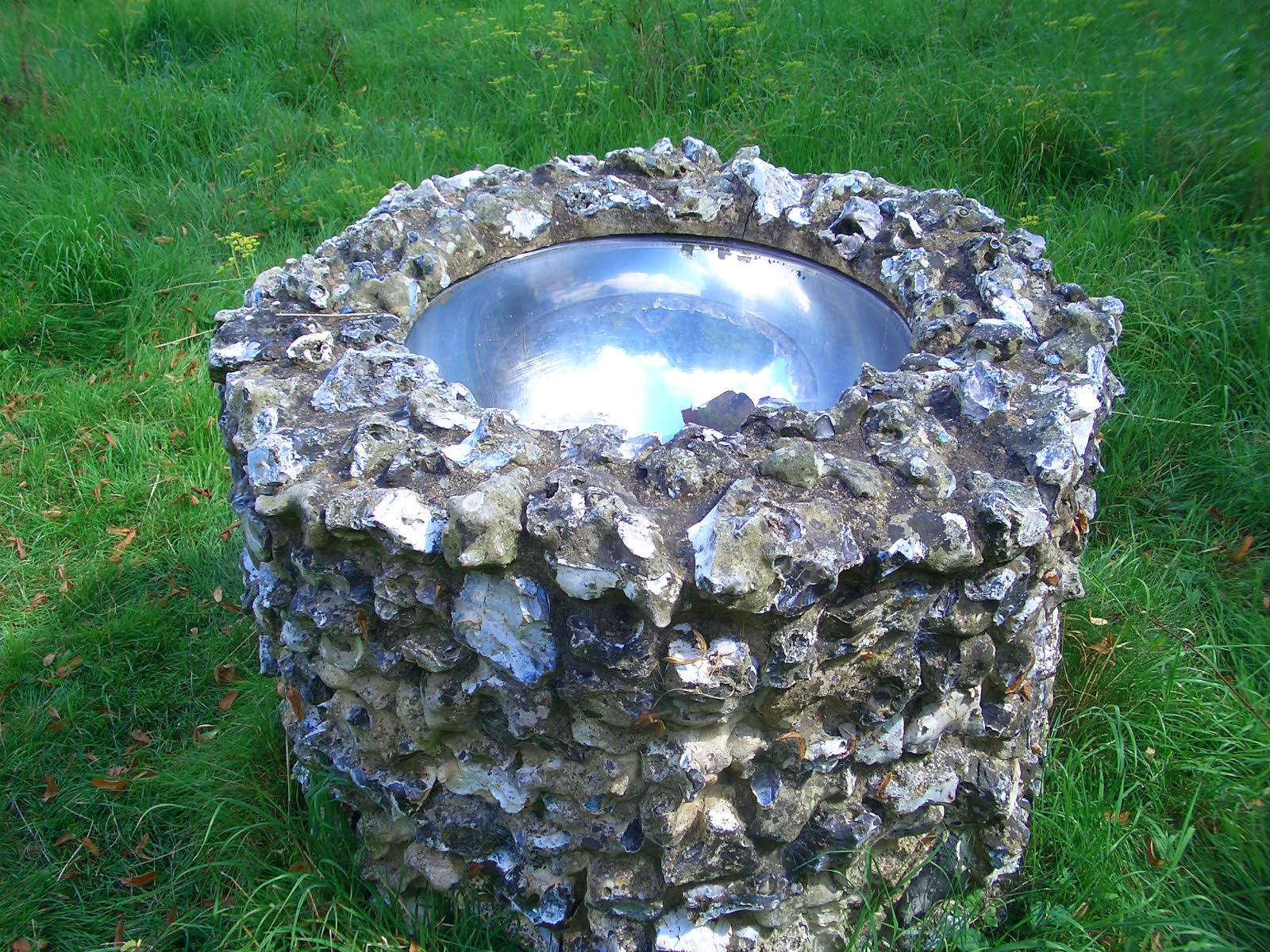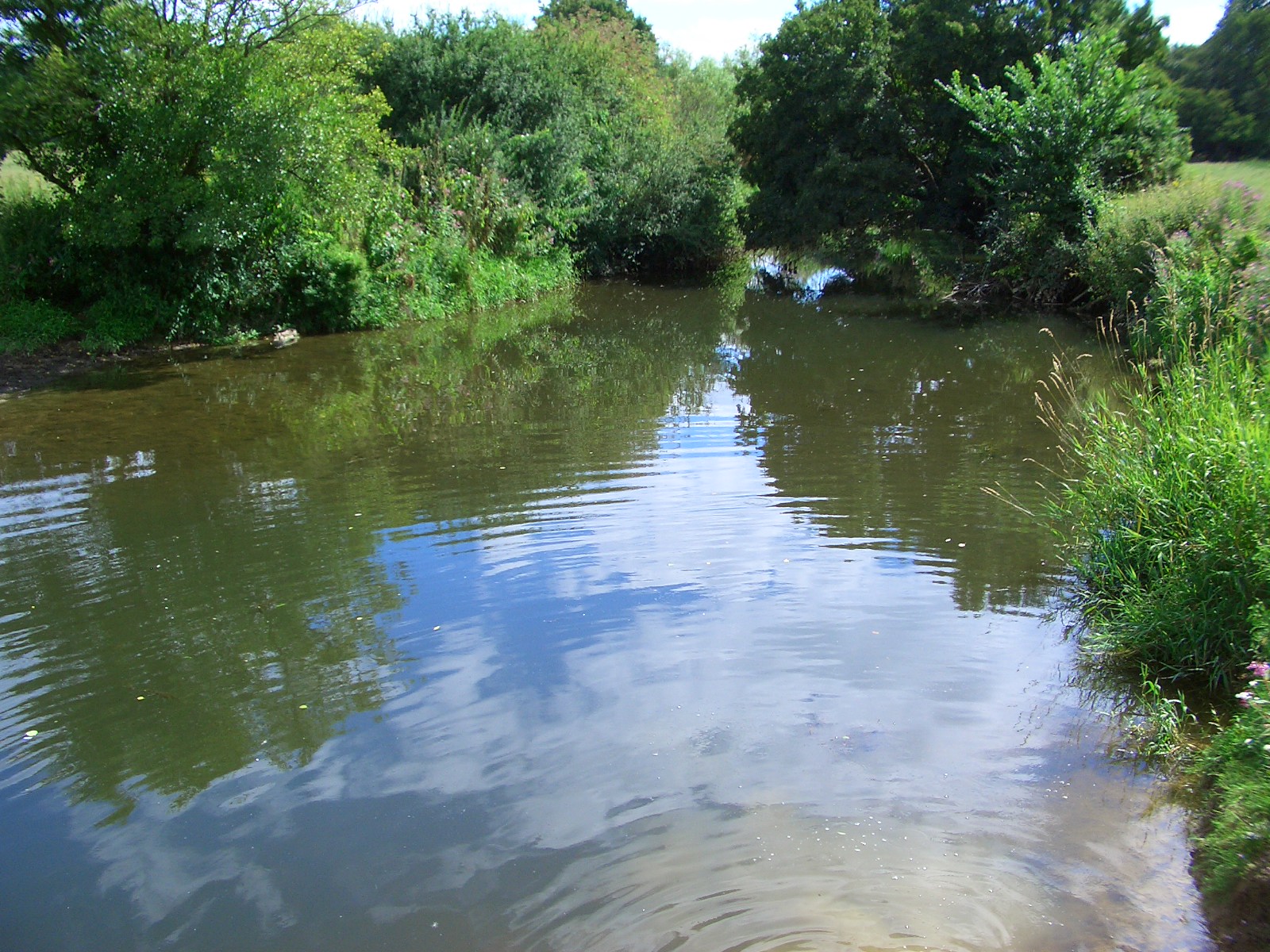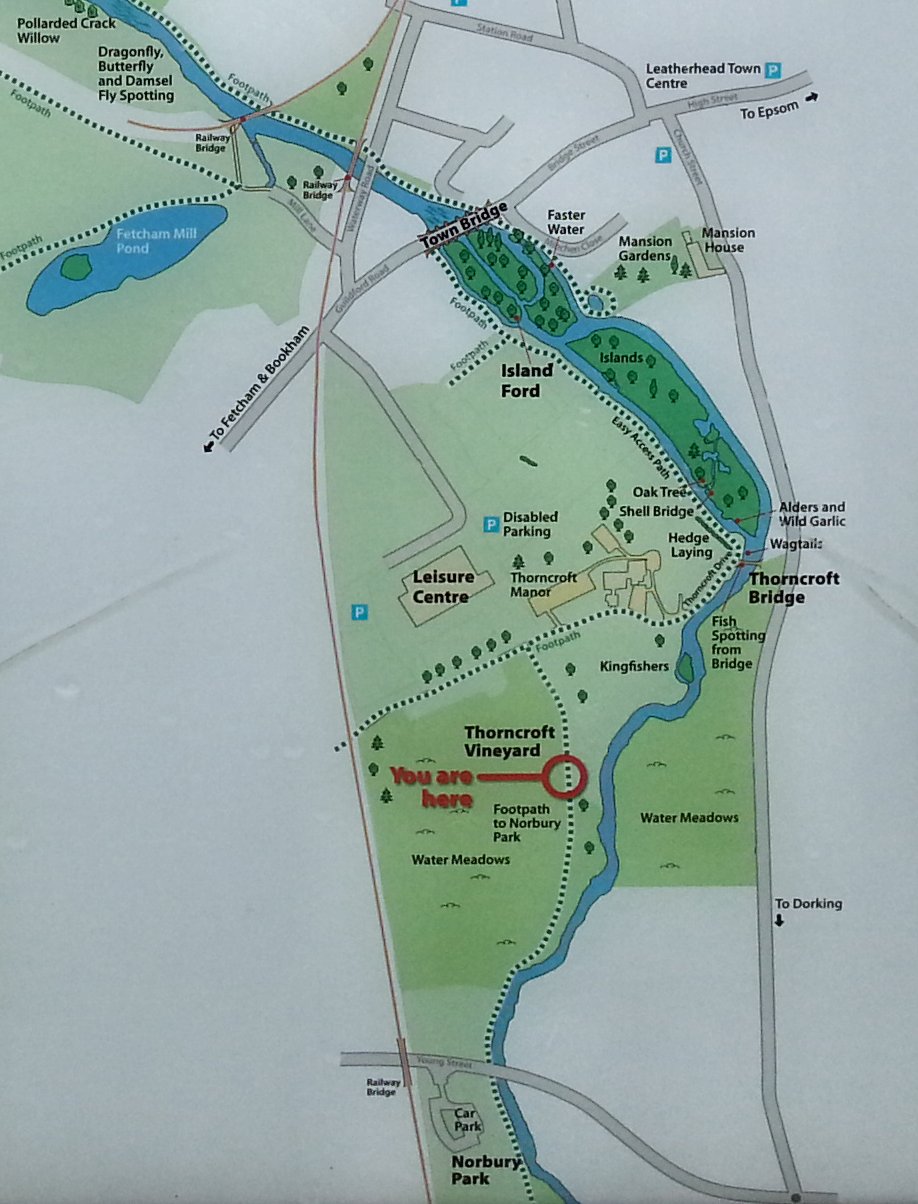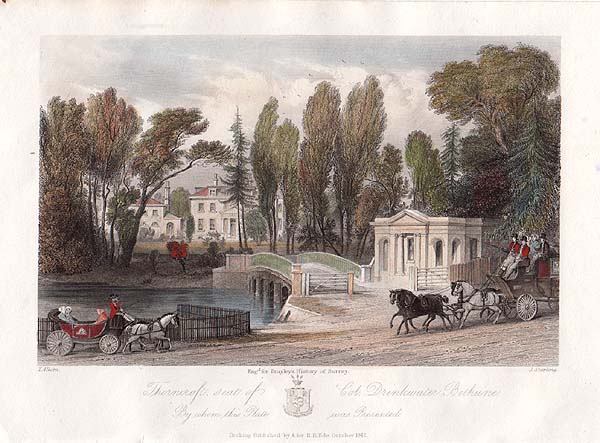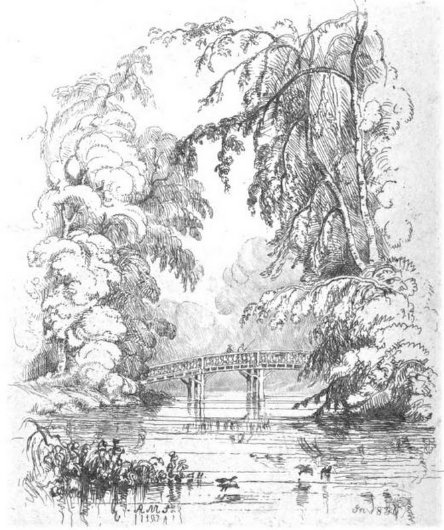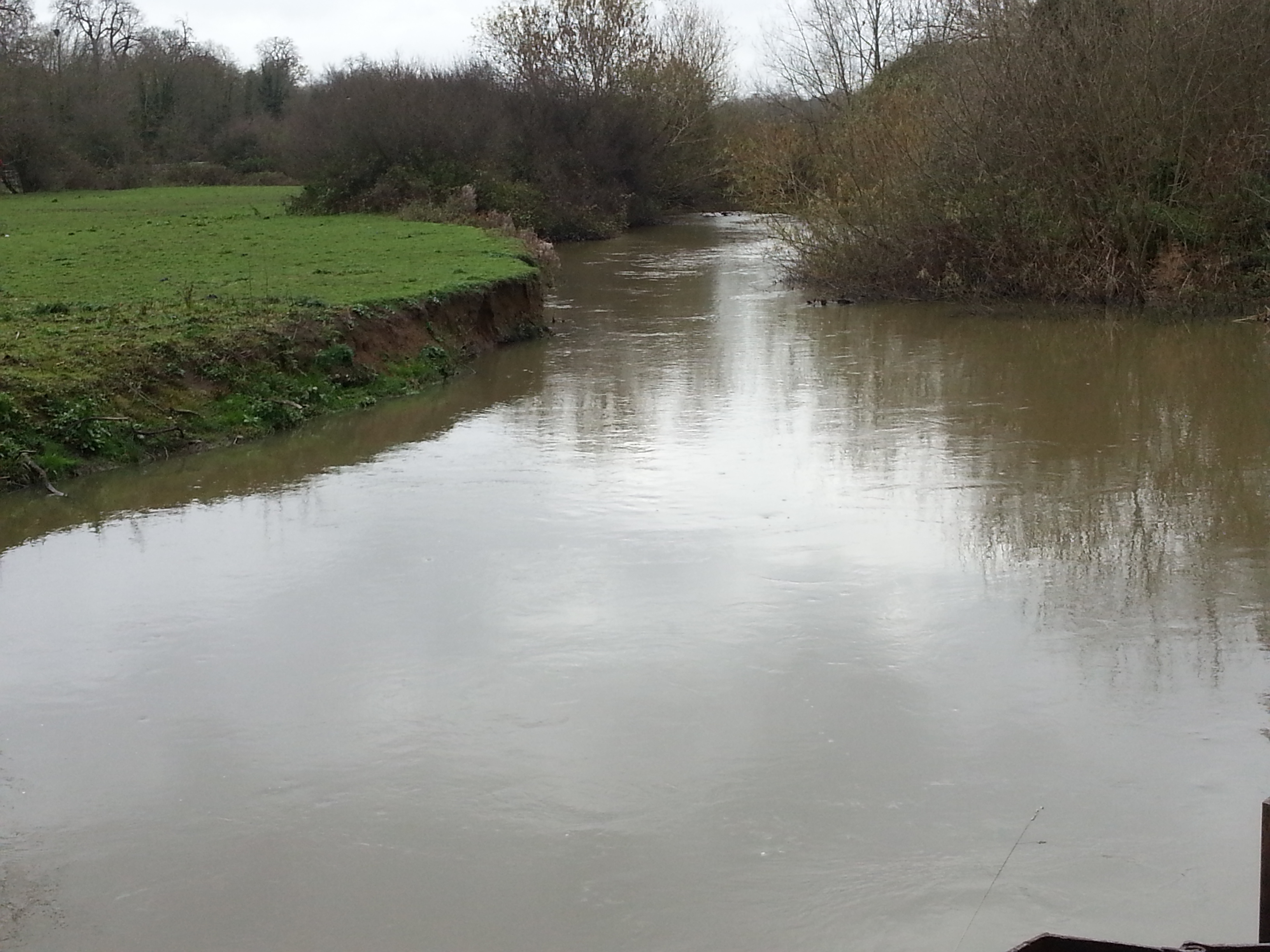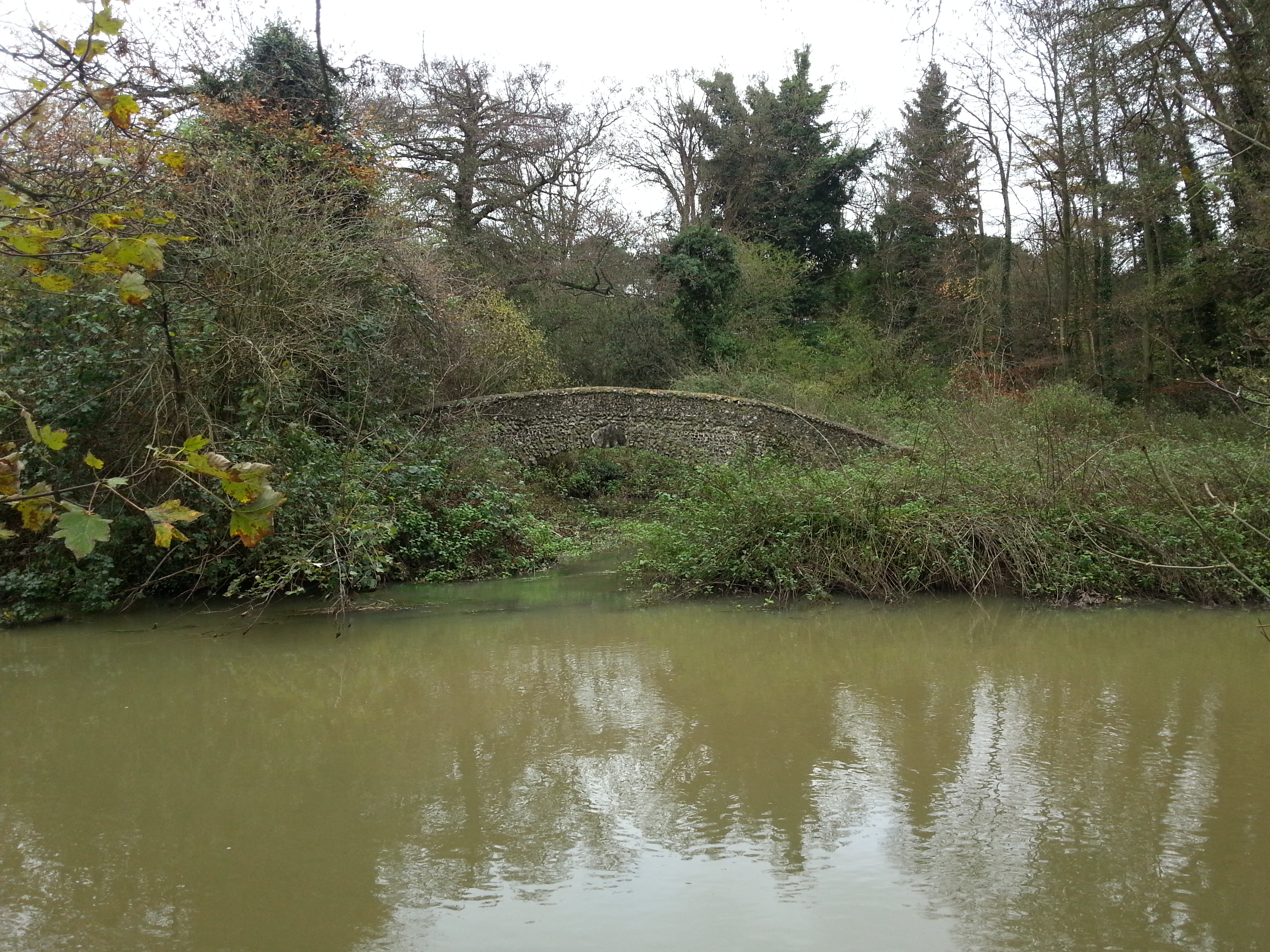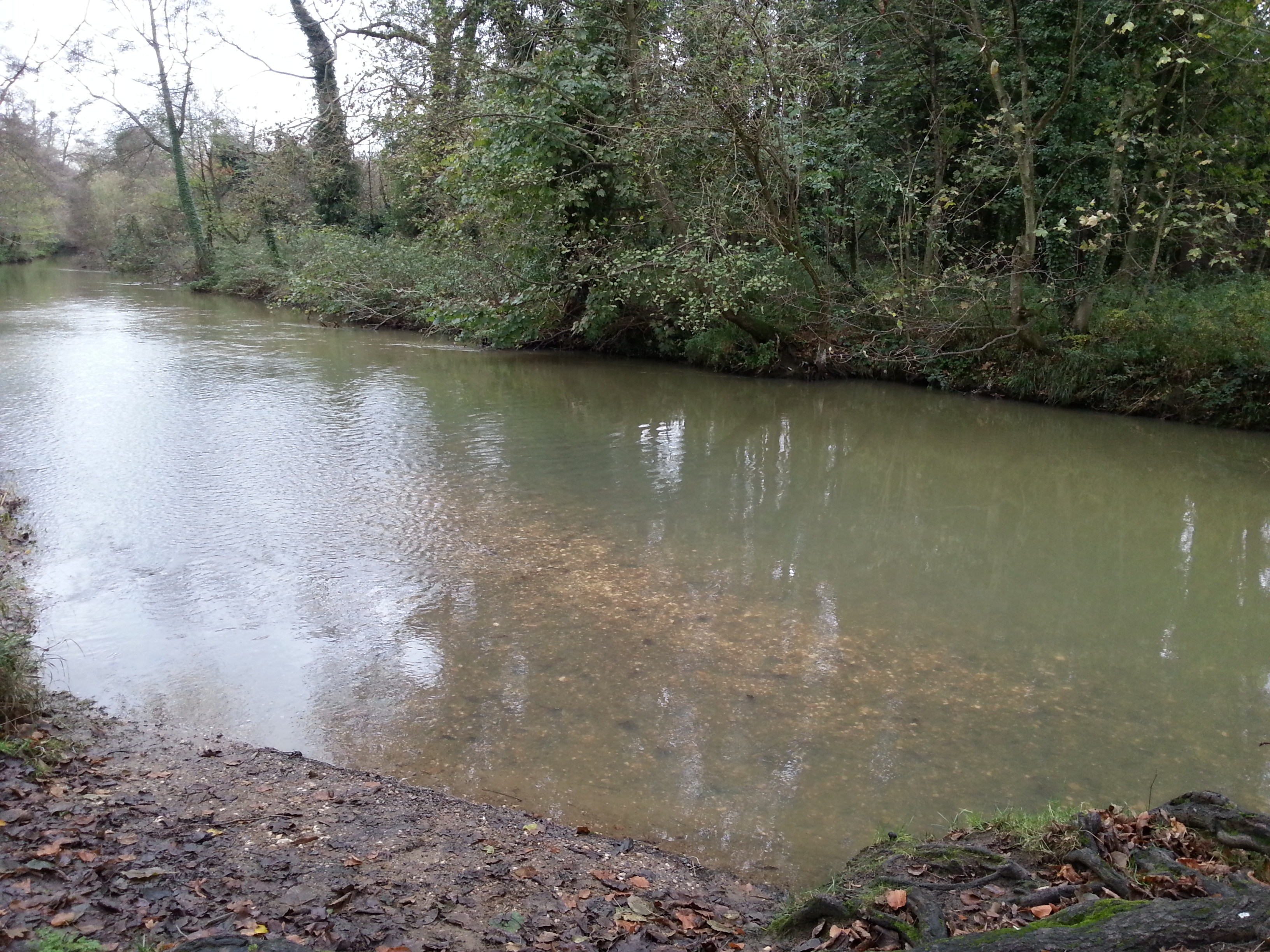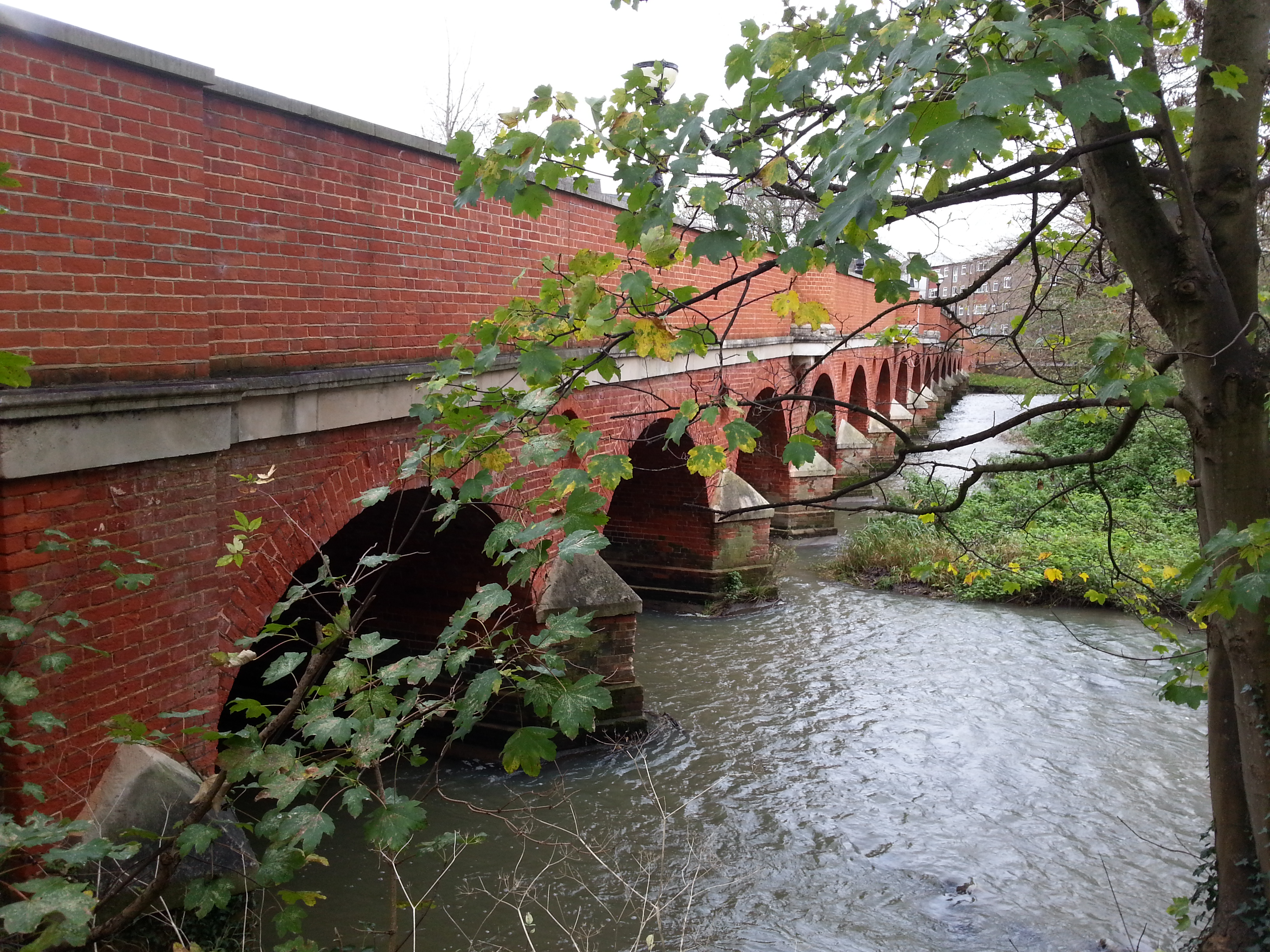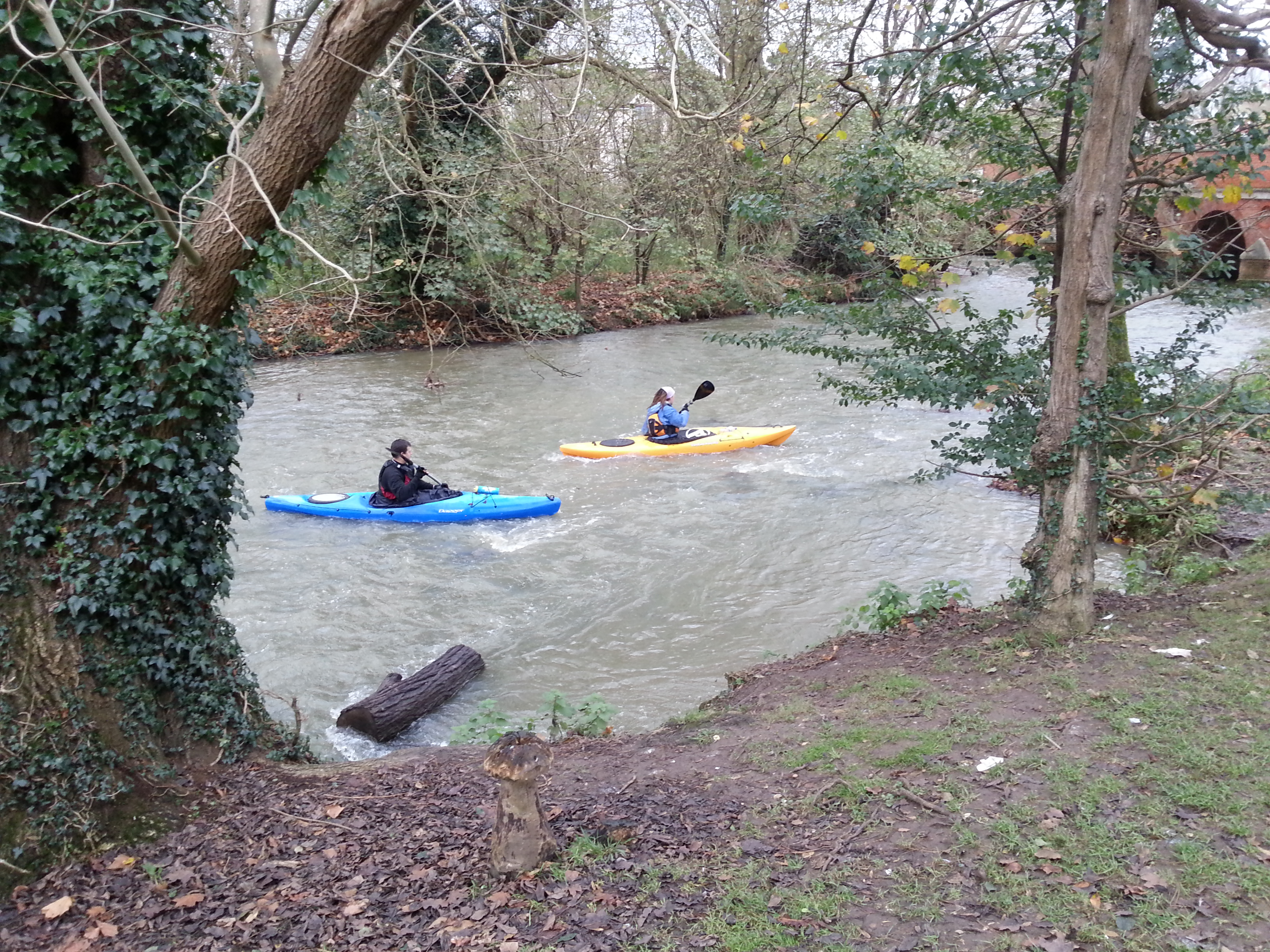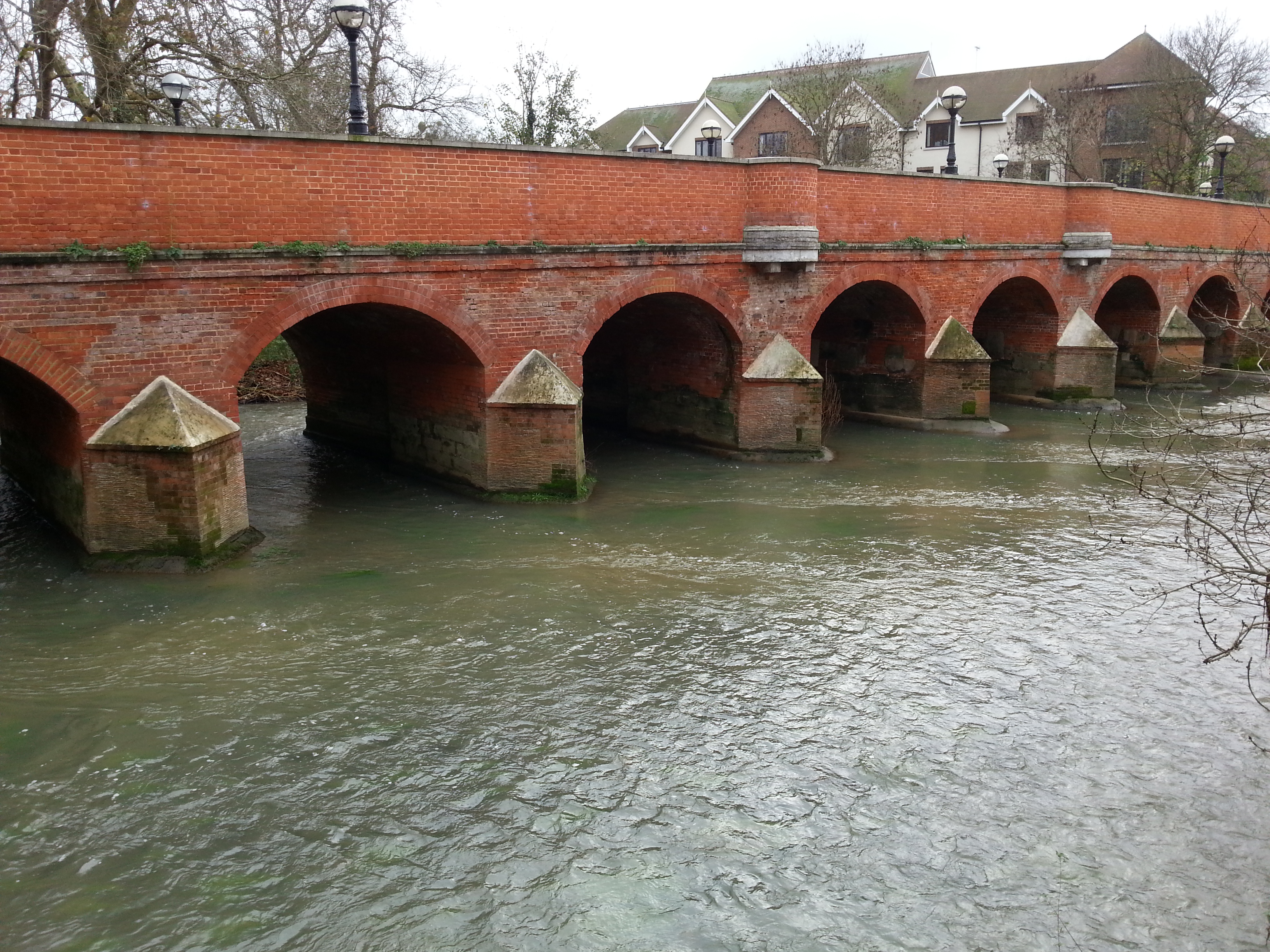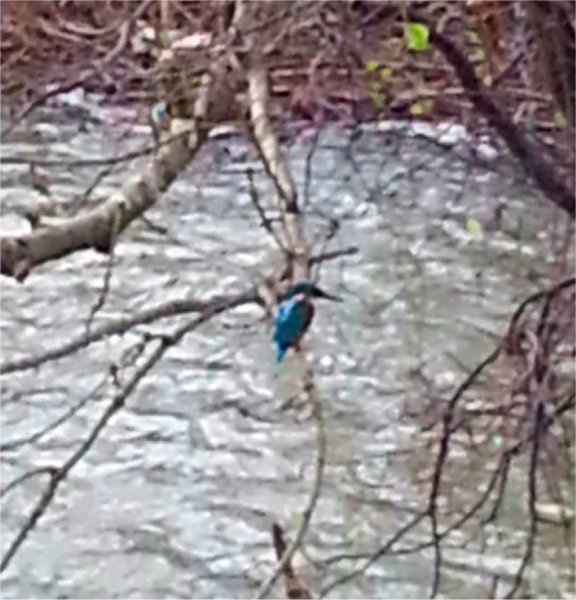The village of Betchworth seems to stretch out a long way, from the train station at the beginning of the climb to Box Hill, south to the bridge over the river Mole.
In the middle of the village is the Dolphin Pub, across the road from the Betchworth Forge and nearby St Michael’s Church. The Dolphin probably gets its name from a visit by the crown prince (the ‘dauphin’ or ‘dolphin’) of France in 1216. According to the Dorking Museum website, Louis ‘the Lion’, crown prince of France, was offered the throne of England by rebel English barons (a year after magna carta!). Louis was welcomed in London and set out for Guildford, passing through Betchworth and Dorking, where he rallied support. Curiously, French crown princes did not bear the title Dauphin (which means Dolphin) until 1349, more than a century later, but it is likely that the Prince’s visit lingered long in local memory, and someone later named the village inn after the ‘Dolphin’ who had stayed in the village.
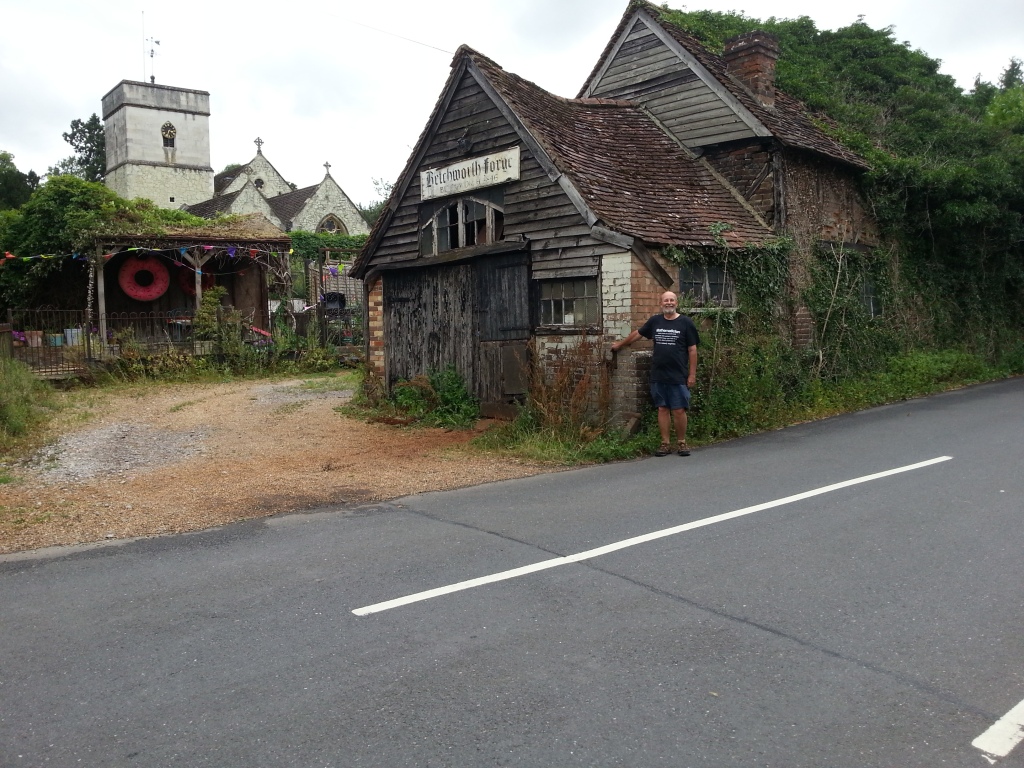
Betchworth Estate
At the southern end of Betchworth, the River Mole runs by Betchworth House, the old Manor house and centre of Betchworth Estate. The privately-owned estate consists of some 1,100 acres of farmland, 150 acres of woodland and a number of rental properties including the local post office and forge. The estate has been in the same family since 1816, and according to the website, the current three generations of the Hamilton family, who live on the Estate, are committed to ensuring its preservation and contribution to the continuing development of the Betchworth village community.
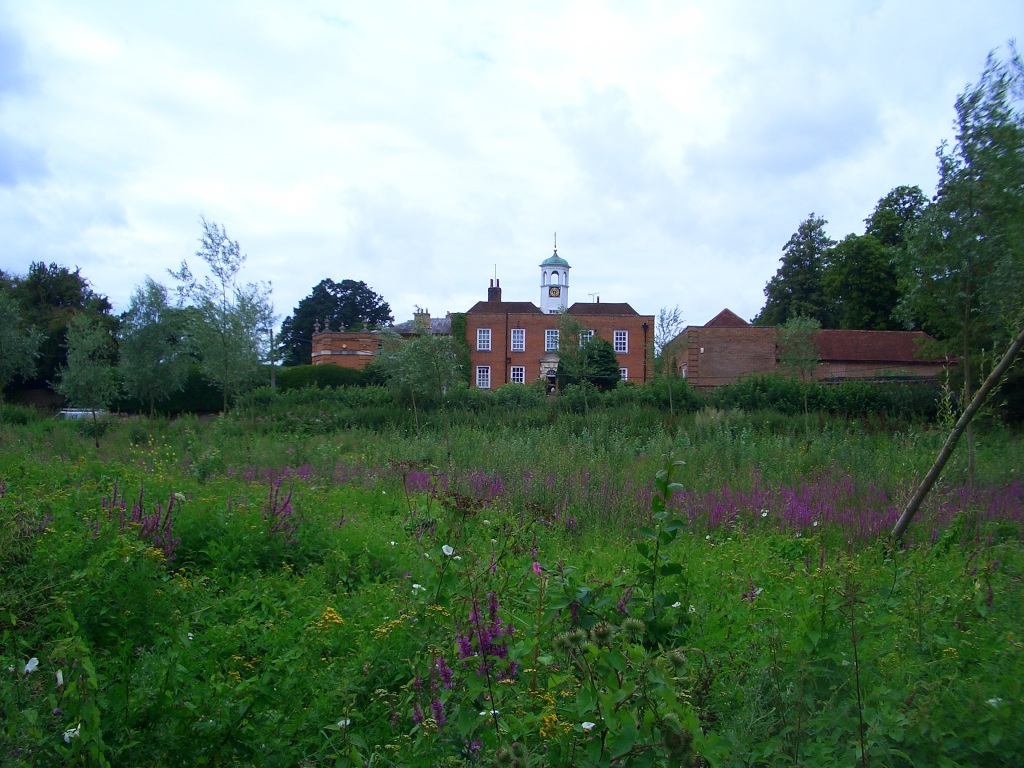
The 18th-century weir at Betchworth was modified in 2004 to facilitate the installation of two 27.5 kW low-head hydro turbines. About 90% of the energy generated is fed into the regional electricity grid, while the remainder is used to supply the Betchworth Park Estate, where the weir is situated. https://en.wikipedia.org/wiki/River_Mole
Betchworth Bridge
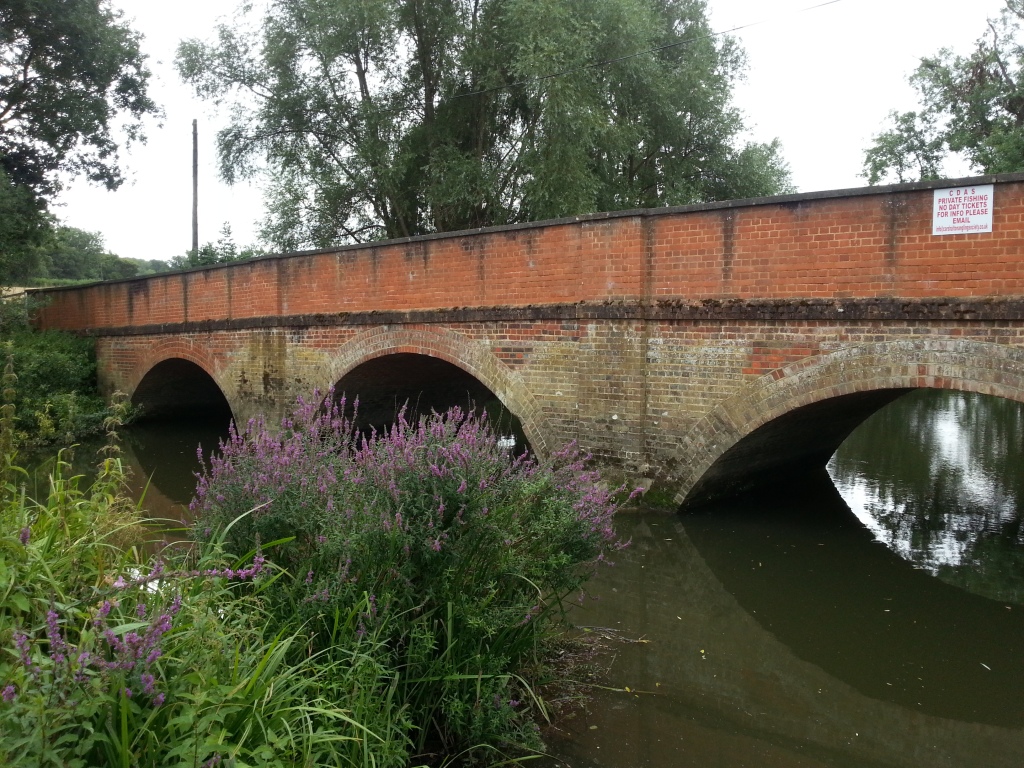
The banks of the Mole near Betchworth bridge are fished by the Carshalton and District Angling society, and are covered with flowers in the summertime, including purple loosestrife, greater willow-herb, teasel and watermint.
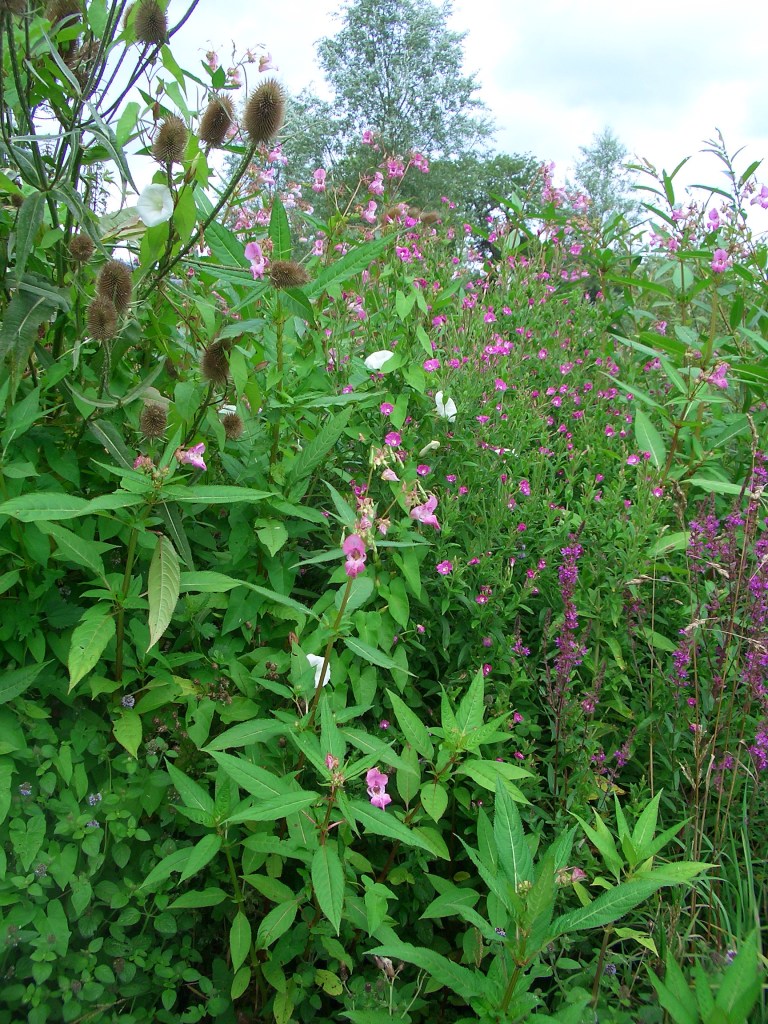
Chimney Pots Walk
I walked above the Mole as it flowed down from Betchworth Bridge to Brockham. The walk is so-called because you can (more or less) see ‘the chimney pots’ of Betchworth on the other side of the valley. The path starts just south of the bridge, and then moves uphill a bit.
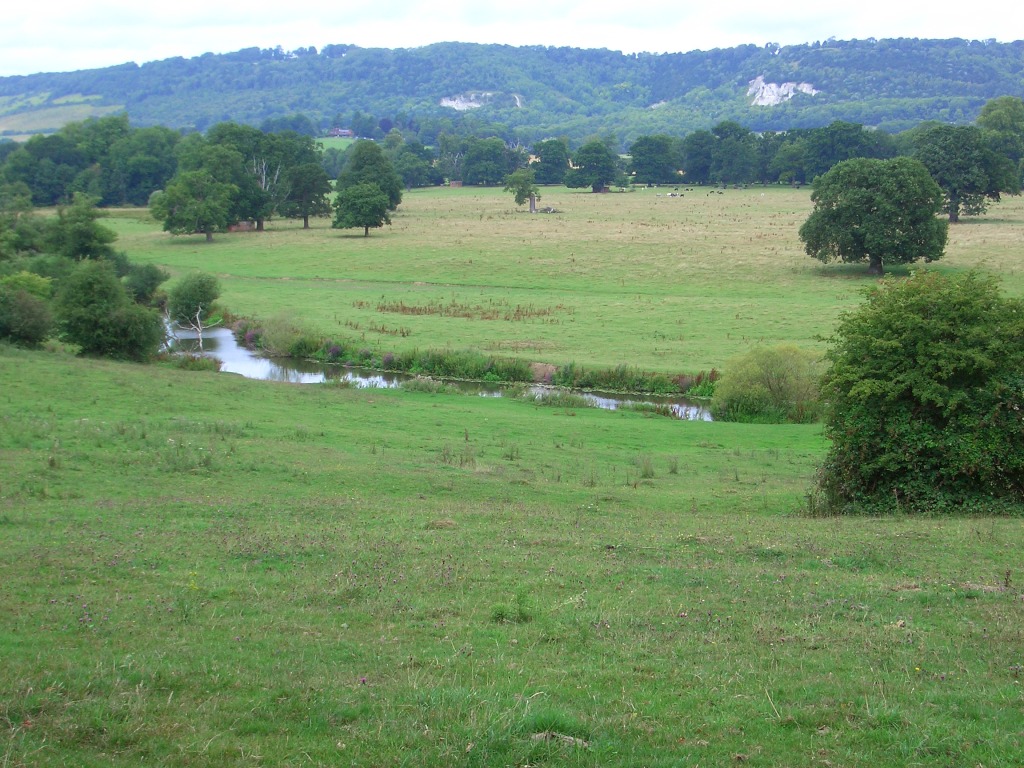
Along the way there’s the Betchworth Beacon, one of those made to mark the Diamond Jubilee of Queen Elizabeth II in 2012. The inscription says that the fire in the beacon was lit by Joosje Hamilton.
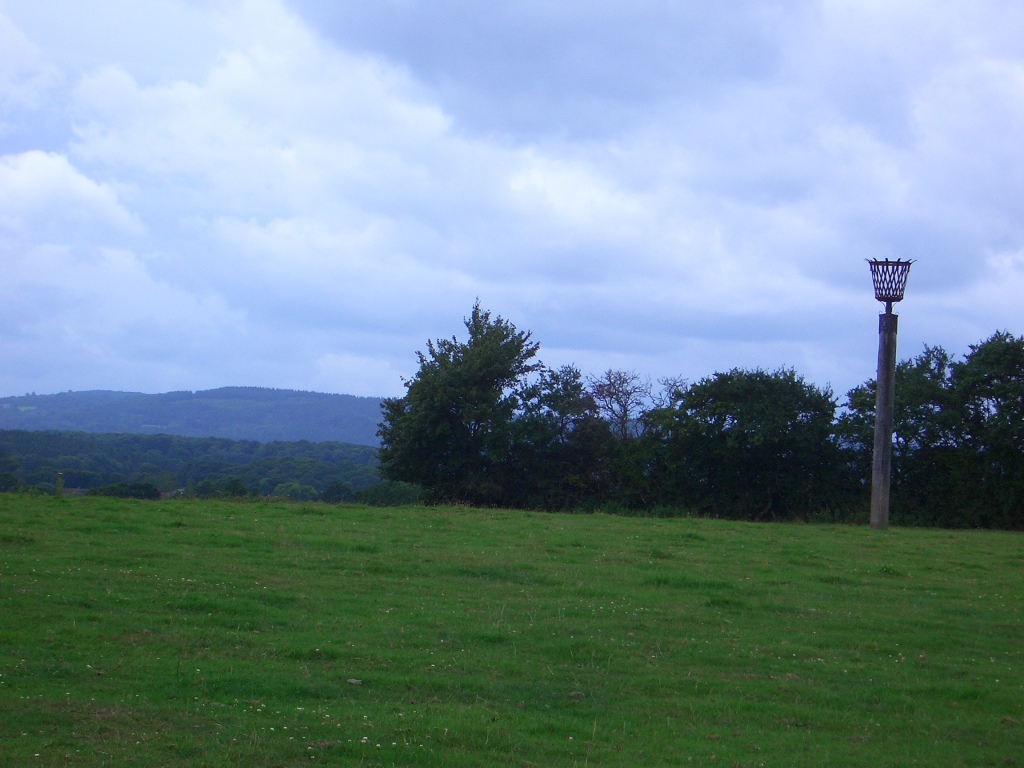
Brockham
Brockham is a small village with a large pleasant green, famous for big bonfires on fireworks night. There’s another path back to Betchworth along the north bank of the Mole so that the Chimney Pots becomes a circular walk.
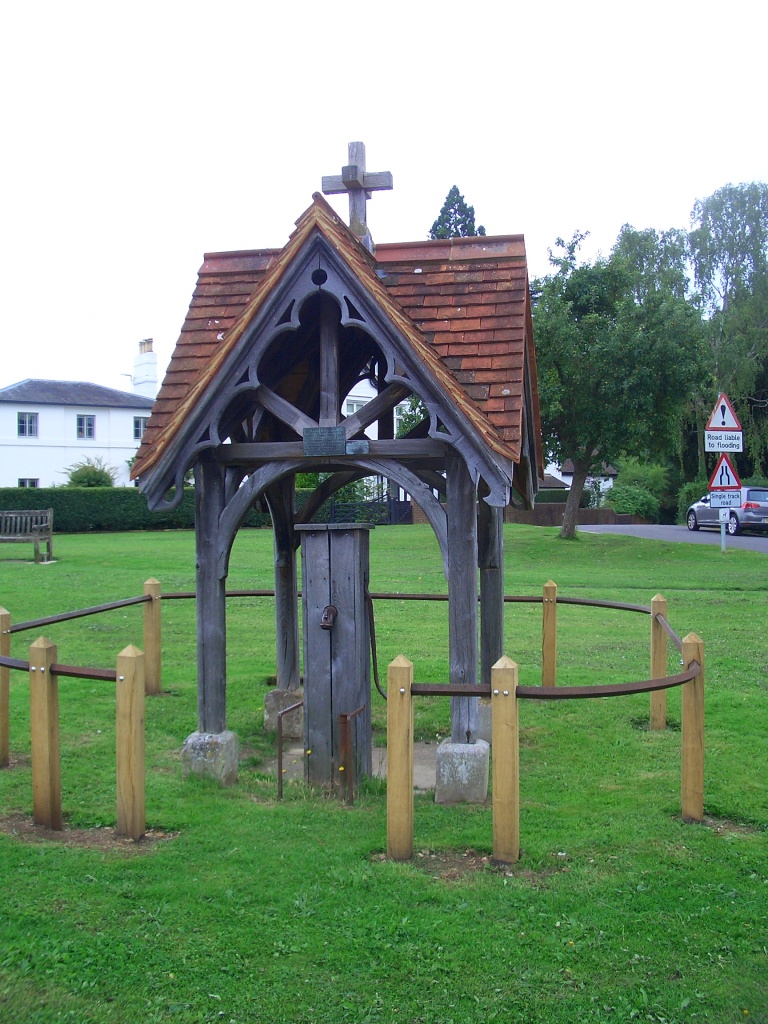
The old fountain on the green bears a plaque reading:
“This Fountain is erected to the memory of Henry Thomas Hope Esq. (of the Deepdene) by his neighbours & tenants resident in the district of Brockham to commemorate his numerous acts of benevolence and his readiness on all occasions both to promote and support public improvements.”
Henry Thomas Hope (1808-1862) was an MP and patron of the arts, and is locally famous as the owner of the Deepdene estate in Dorking, which borders Betchworth Castle, on the next section of the River Mole.
Brockham Bridge
The bridge over the Mole at Brockham has a long history. According to a plaque, the bridge was built in 1737 (see recent pictures of the bridge here, or an old painting here. But according to the Brockham History Webpage, this was a reconstruction of a bridge already in need of repair in 1634.

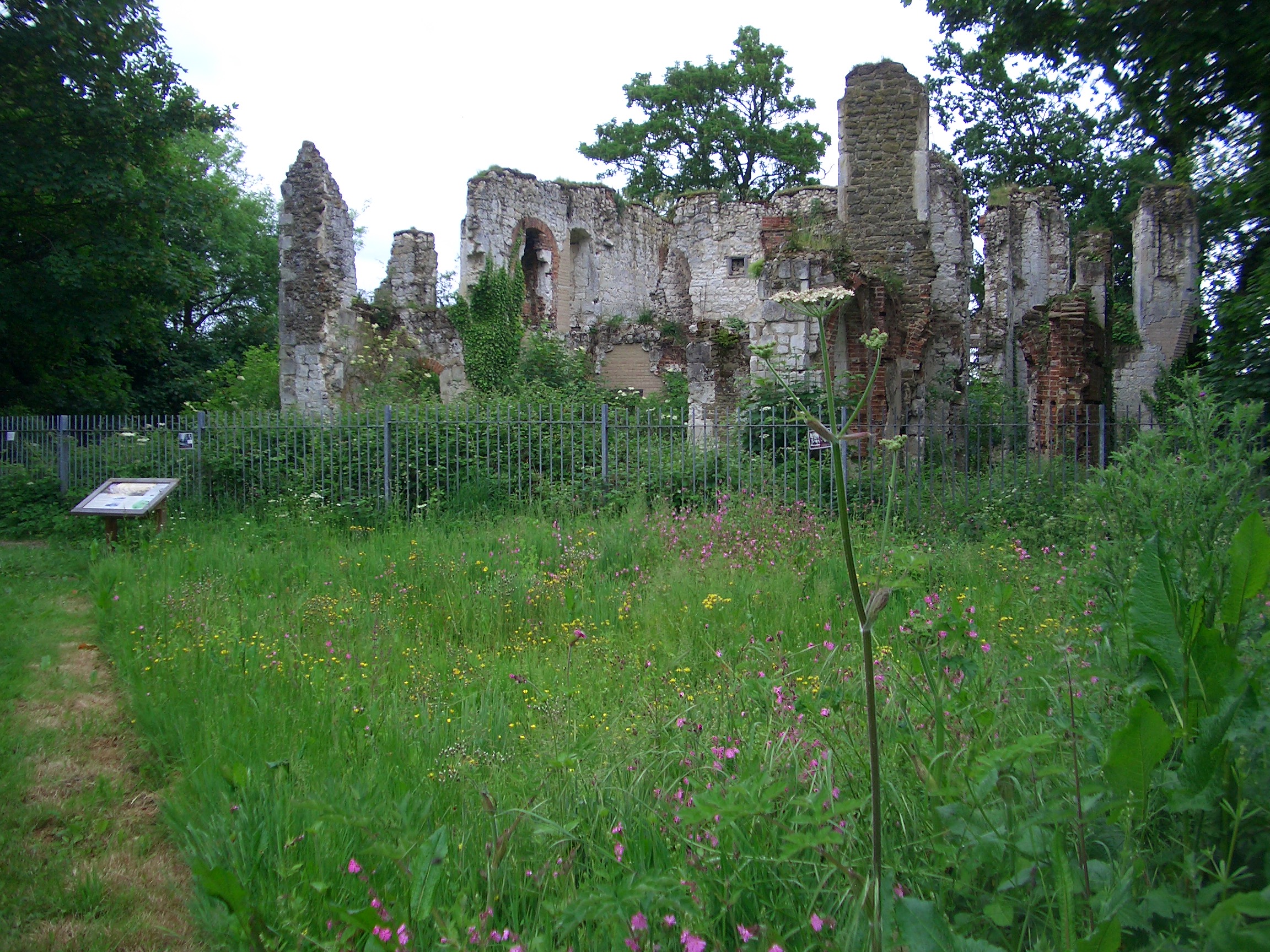

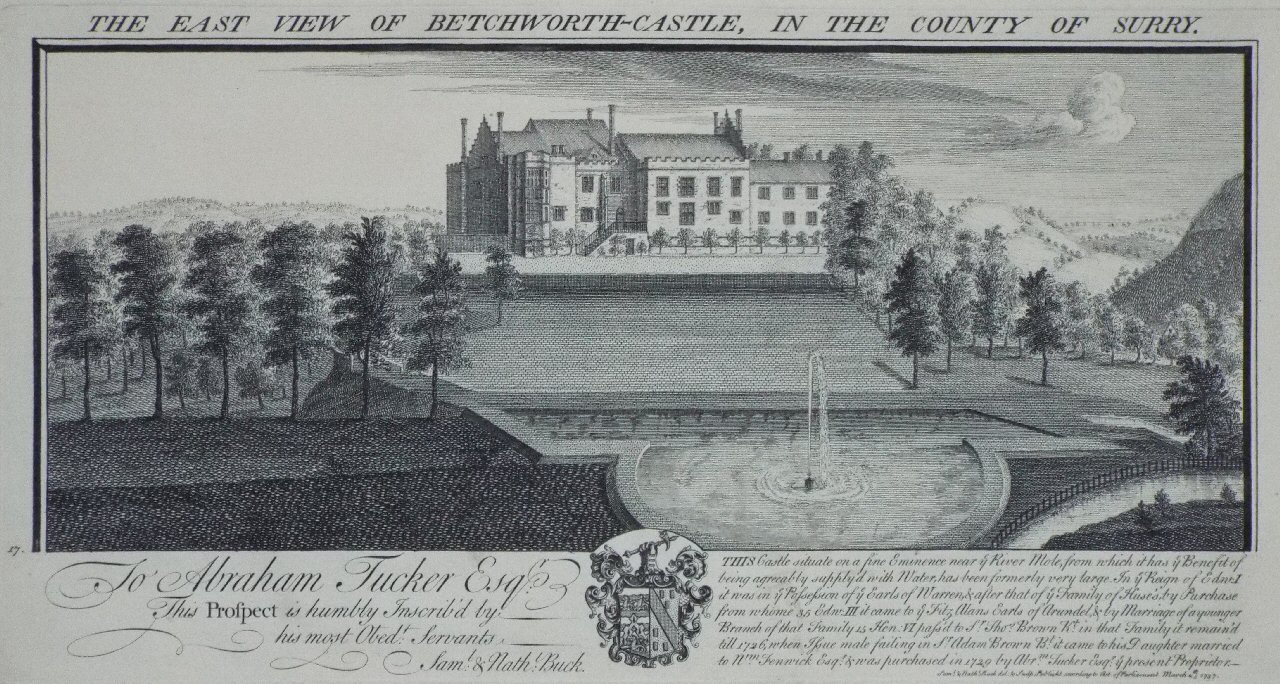

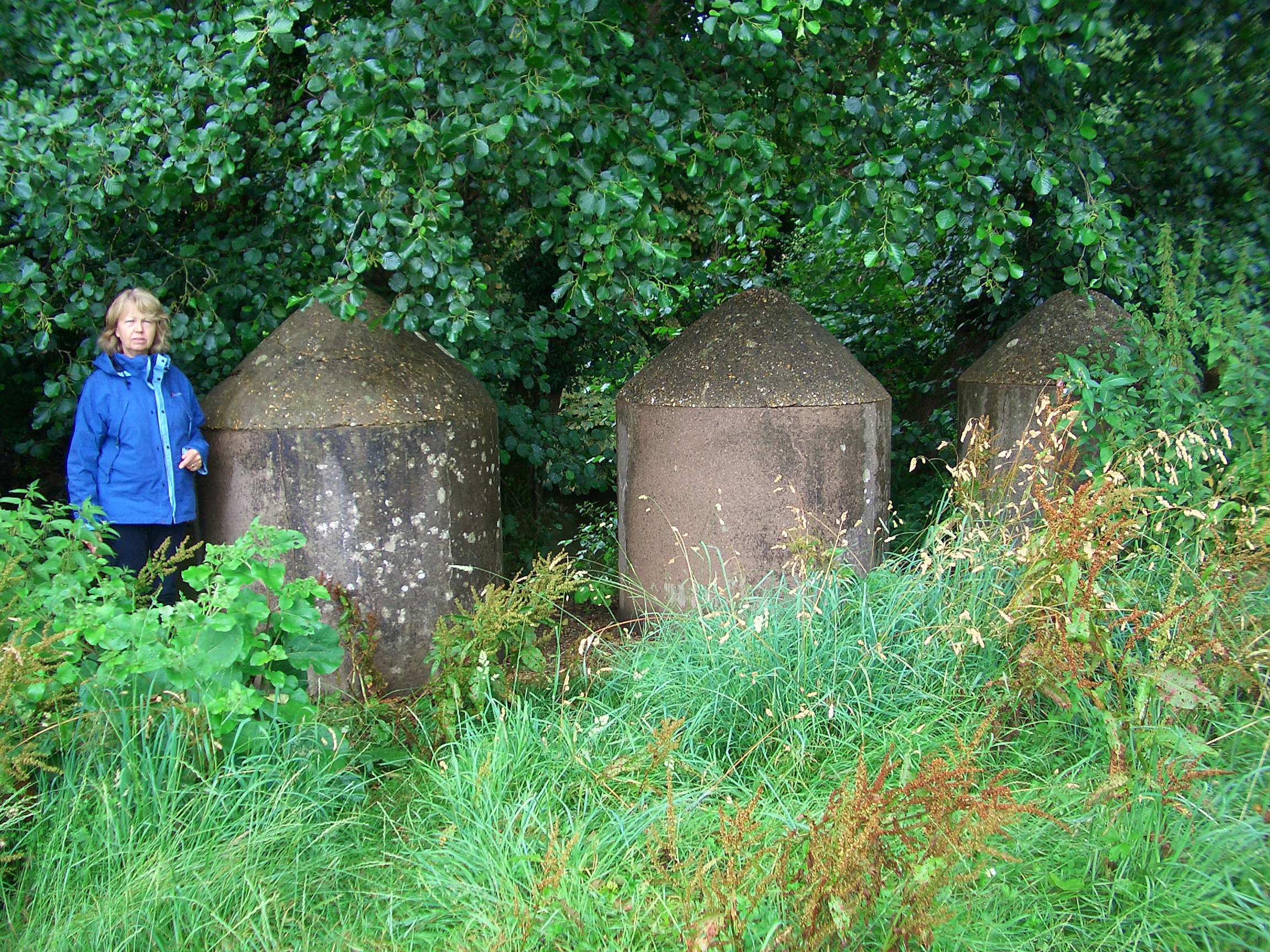
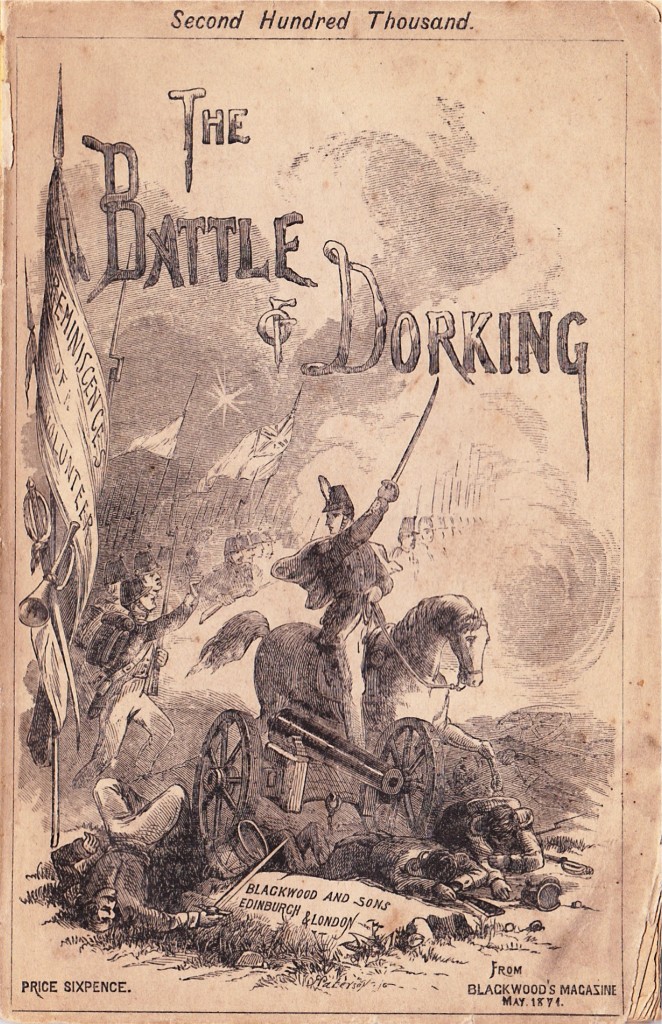
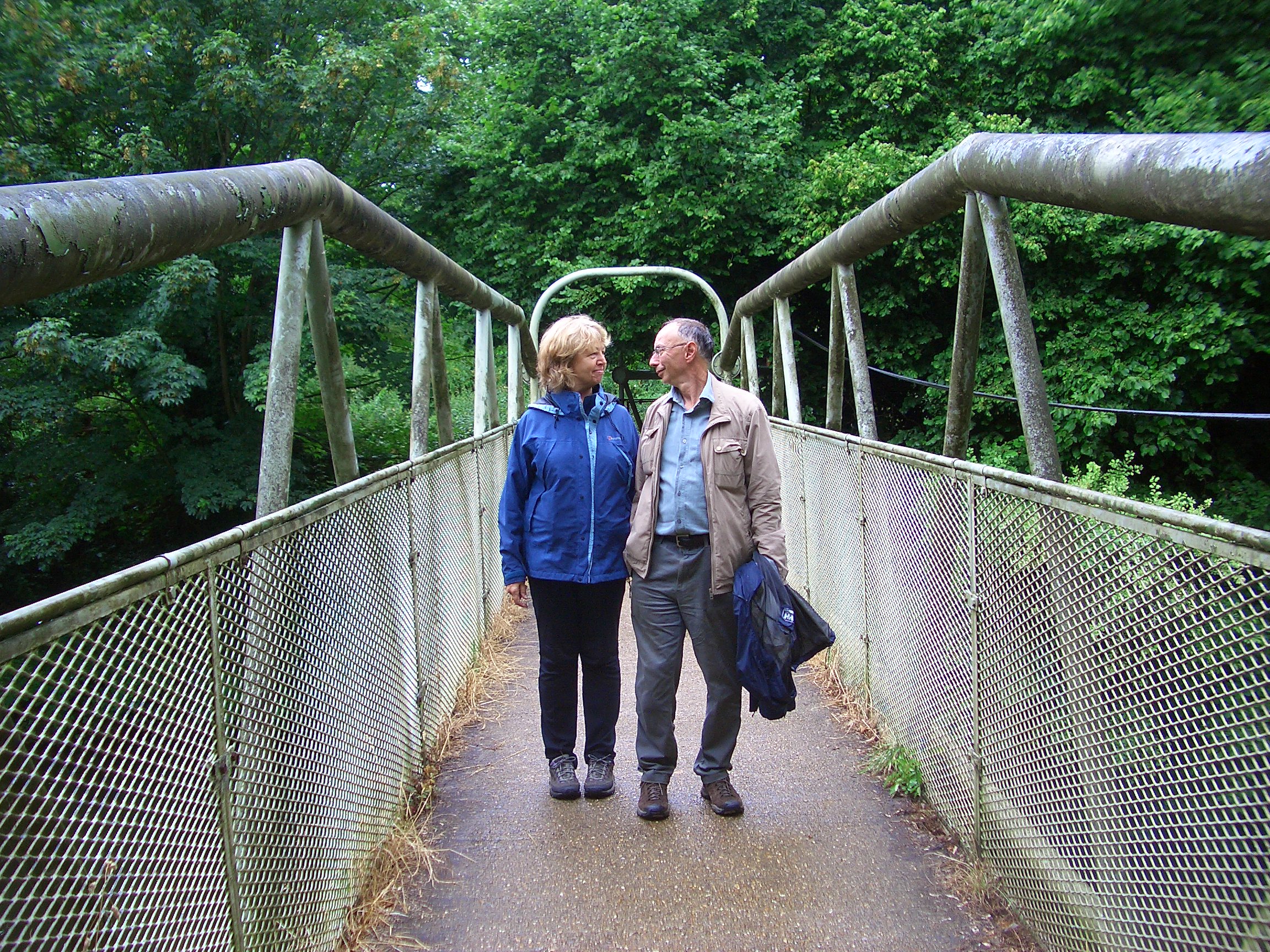
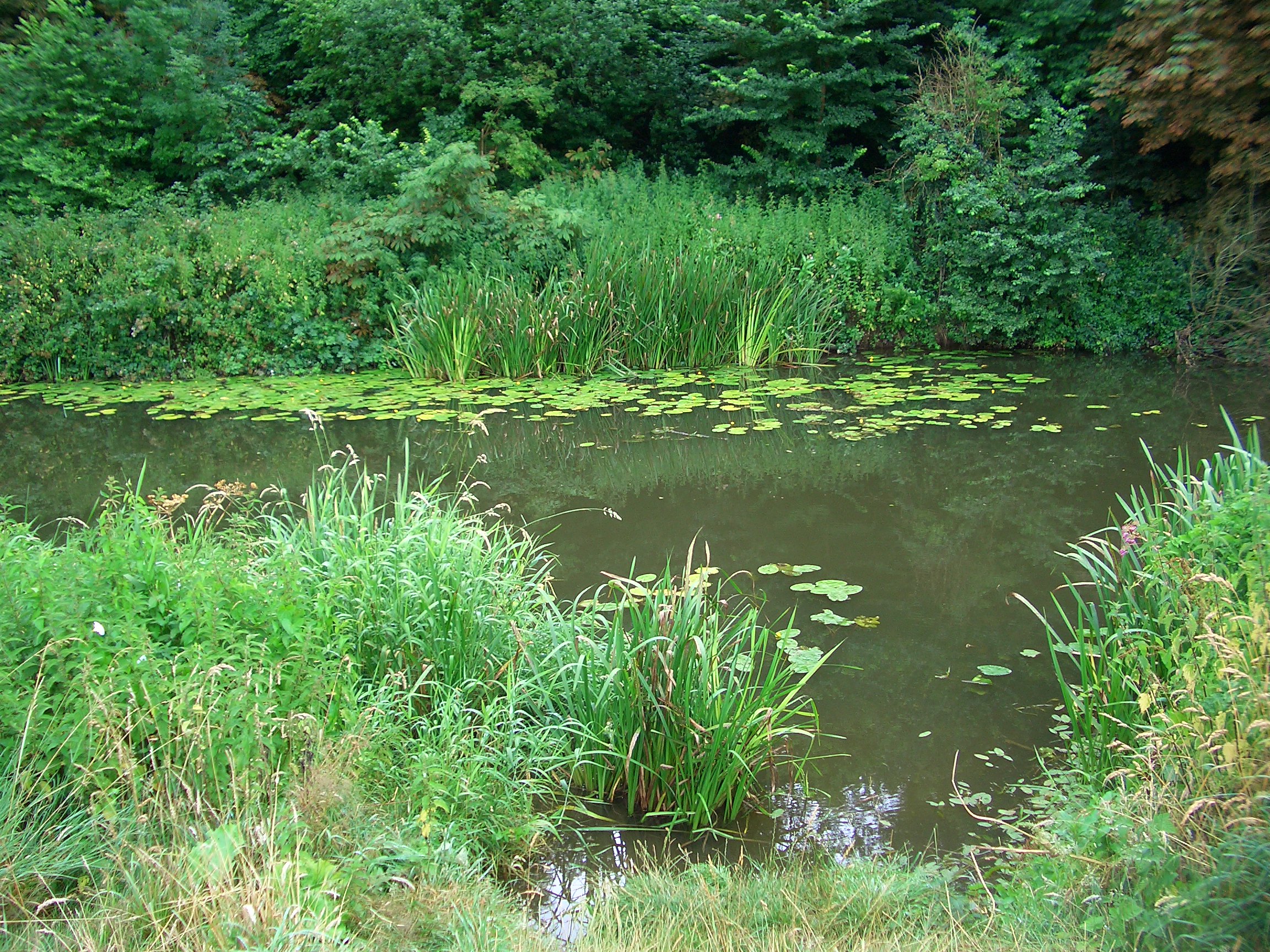
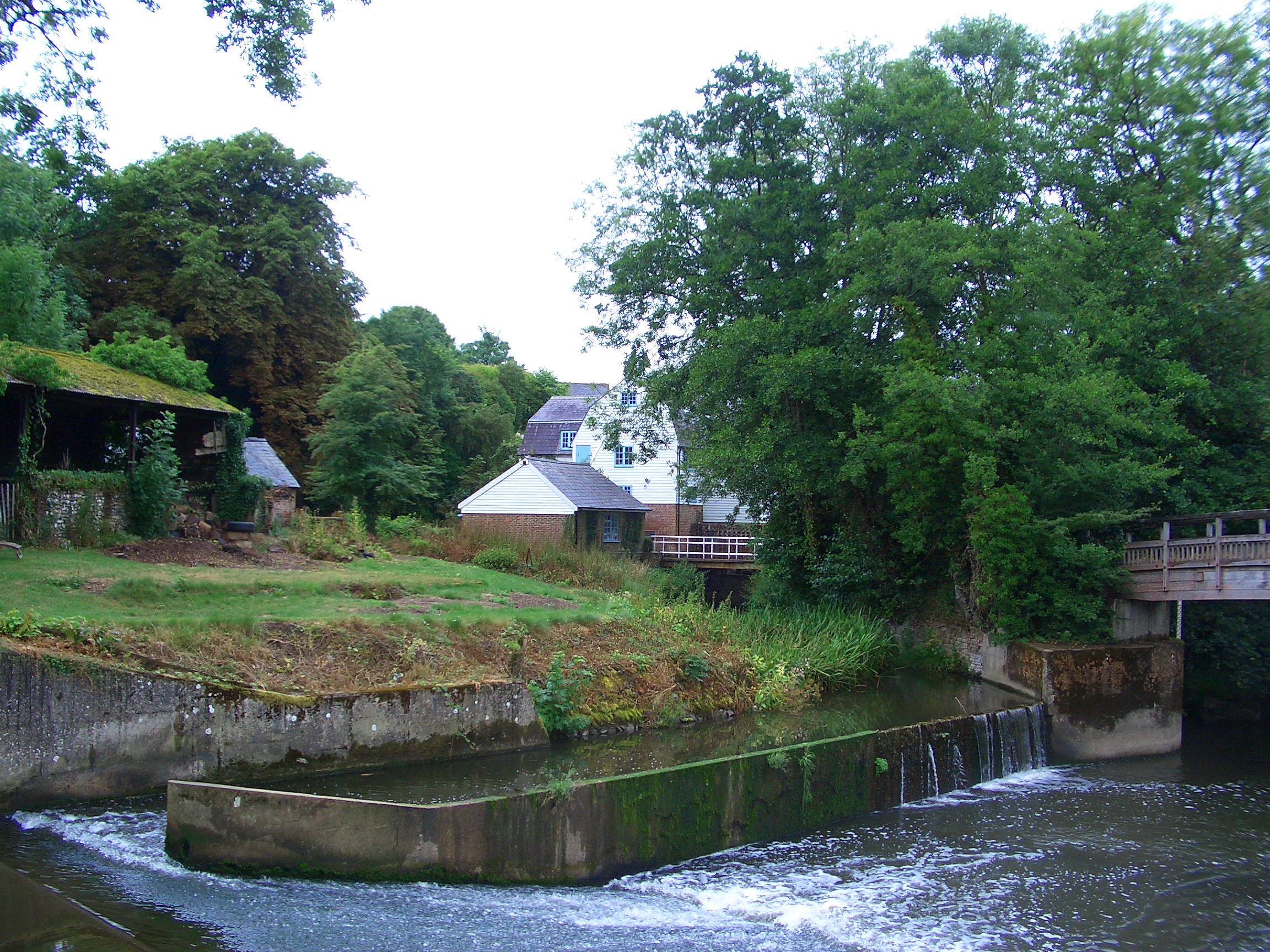
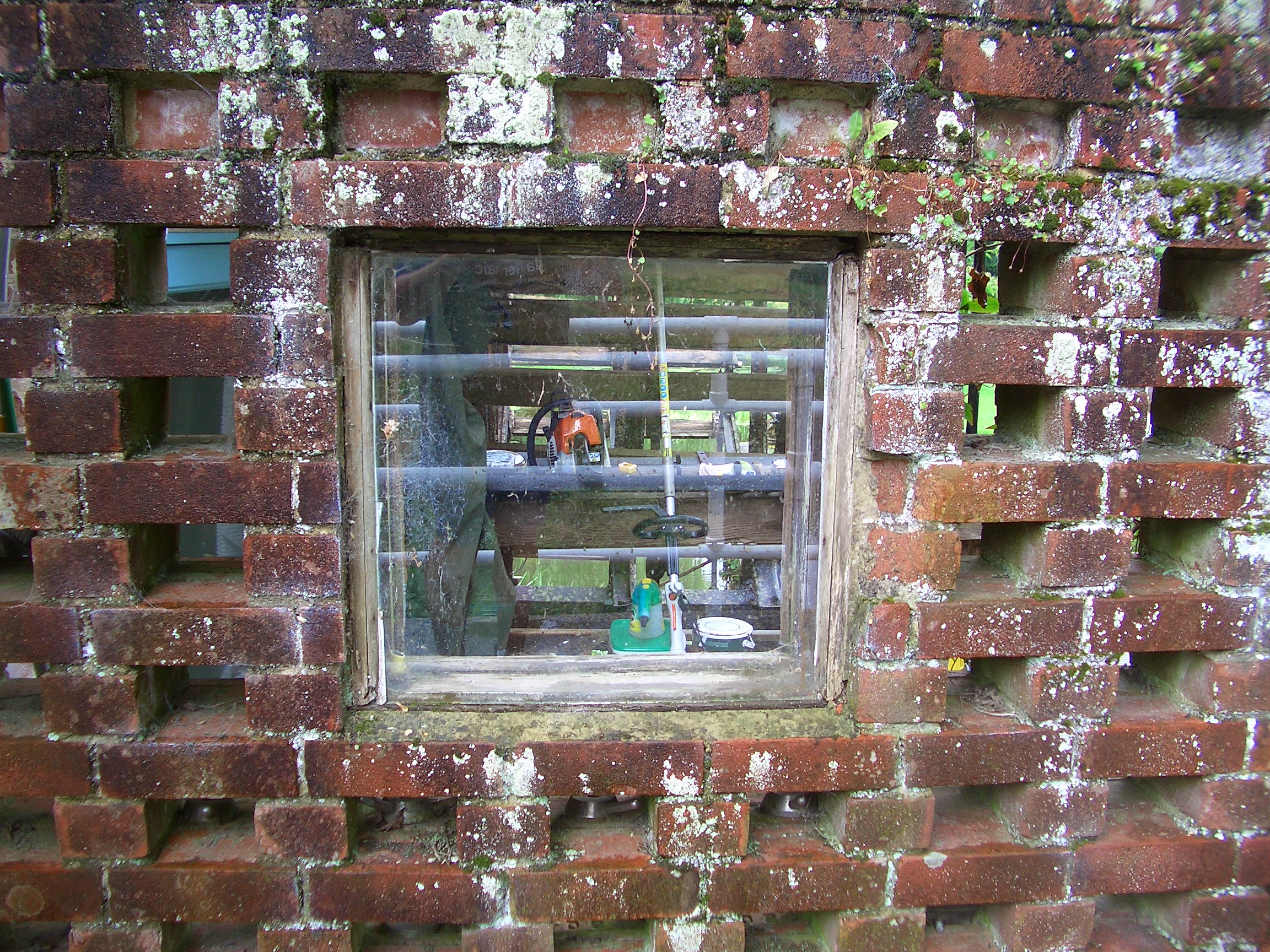
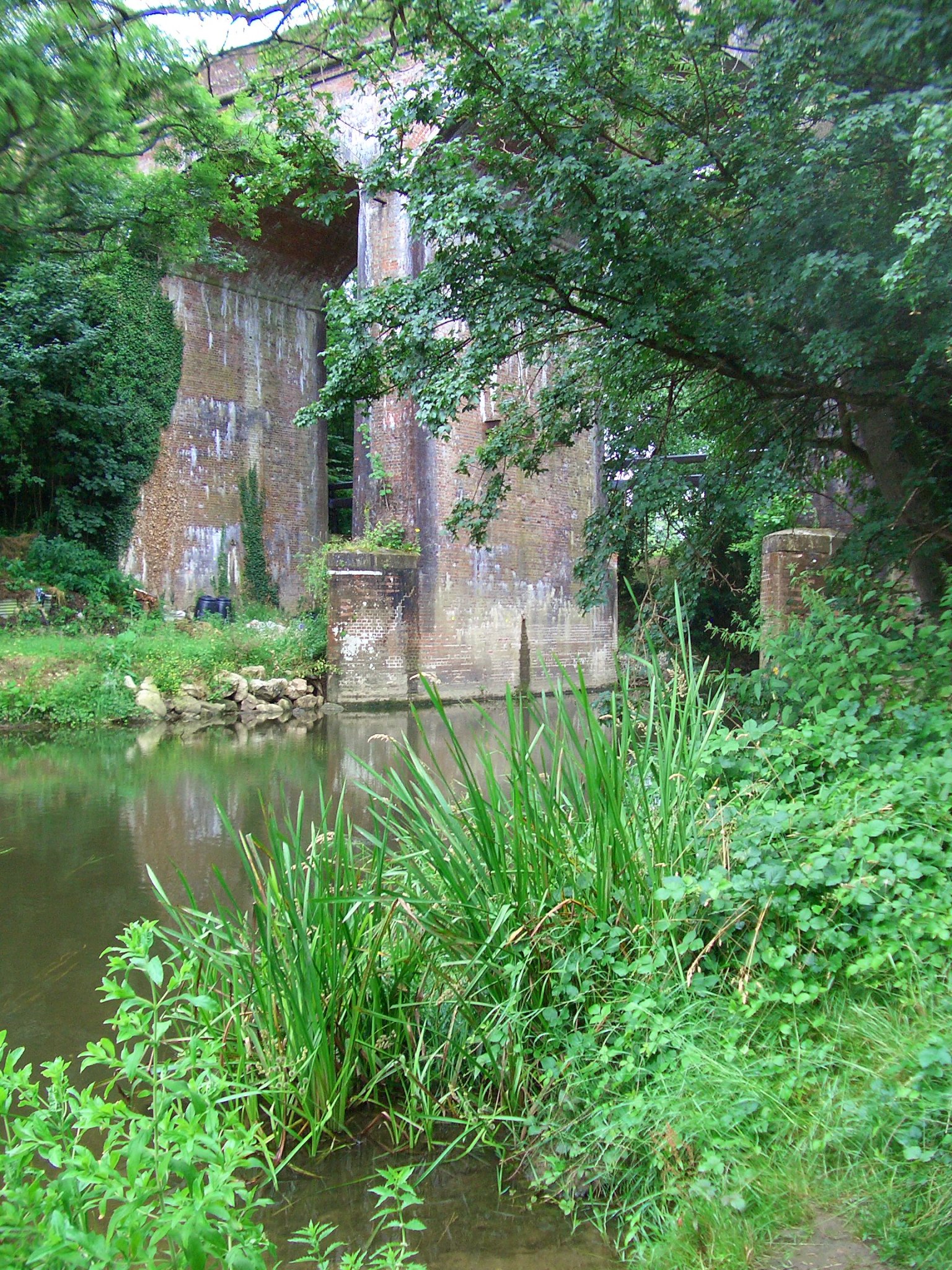
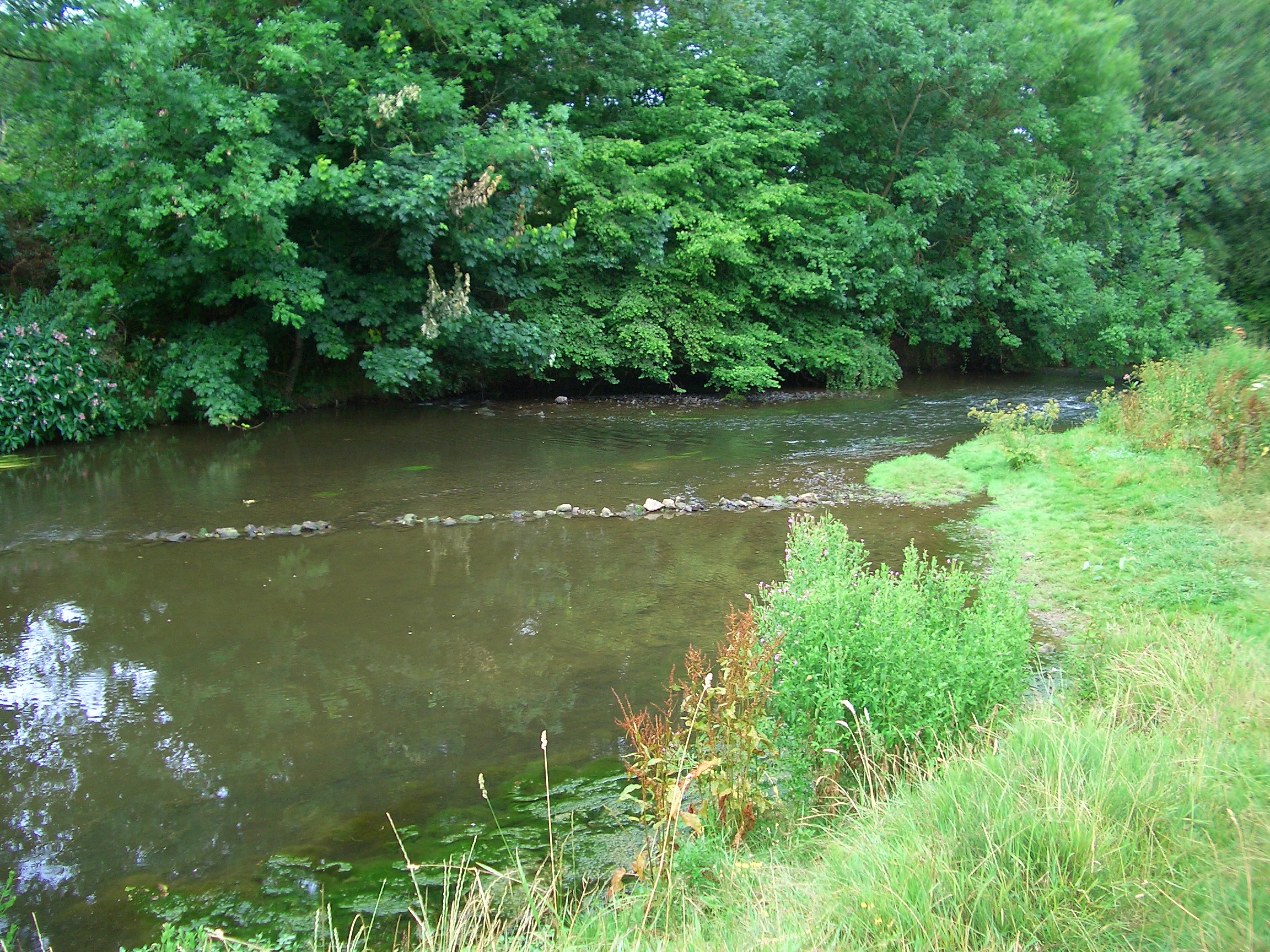
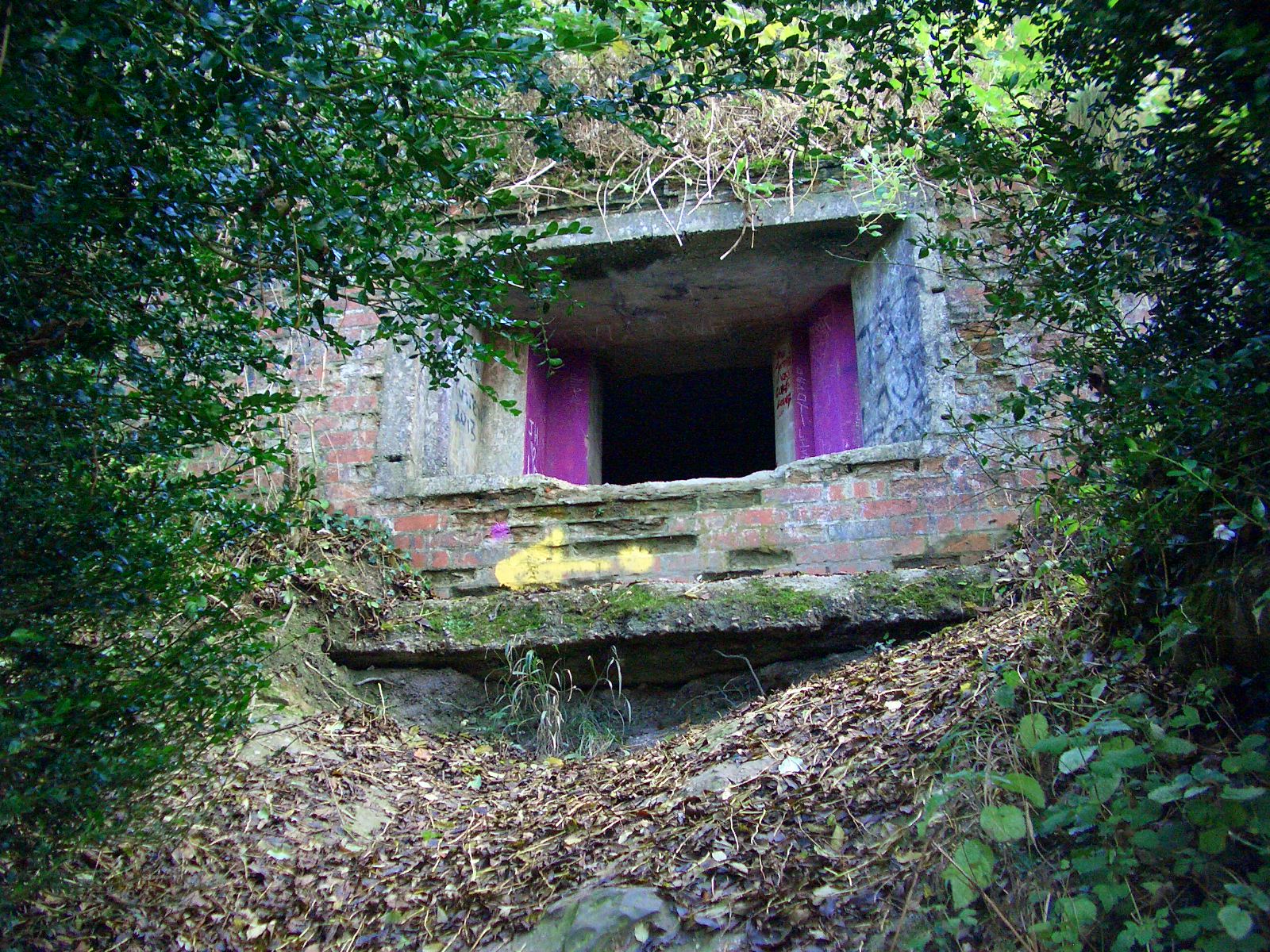
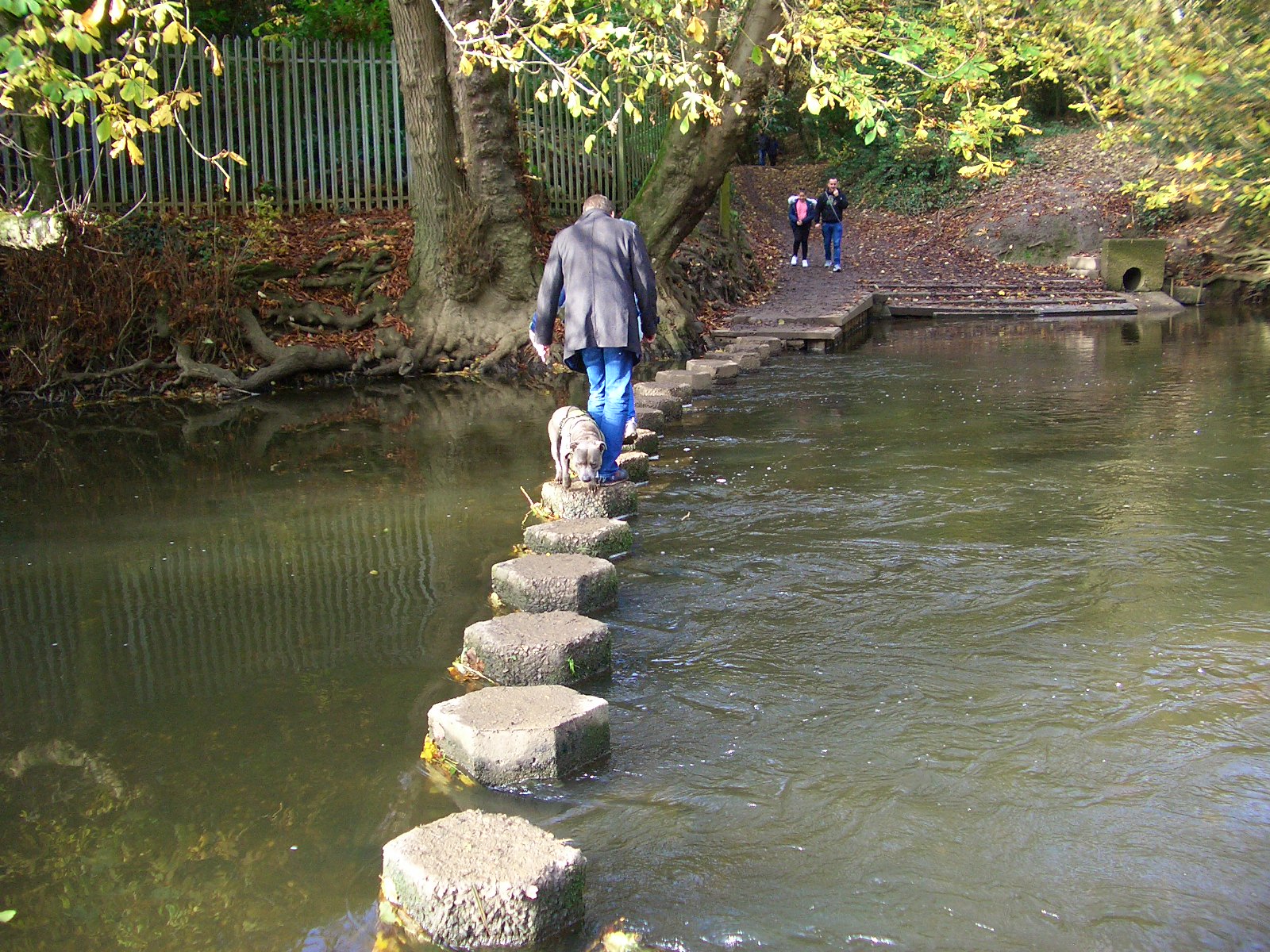
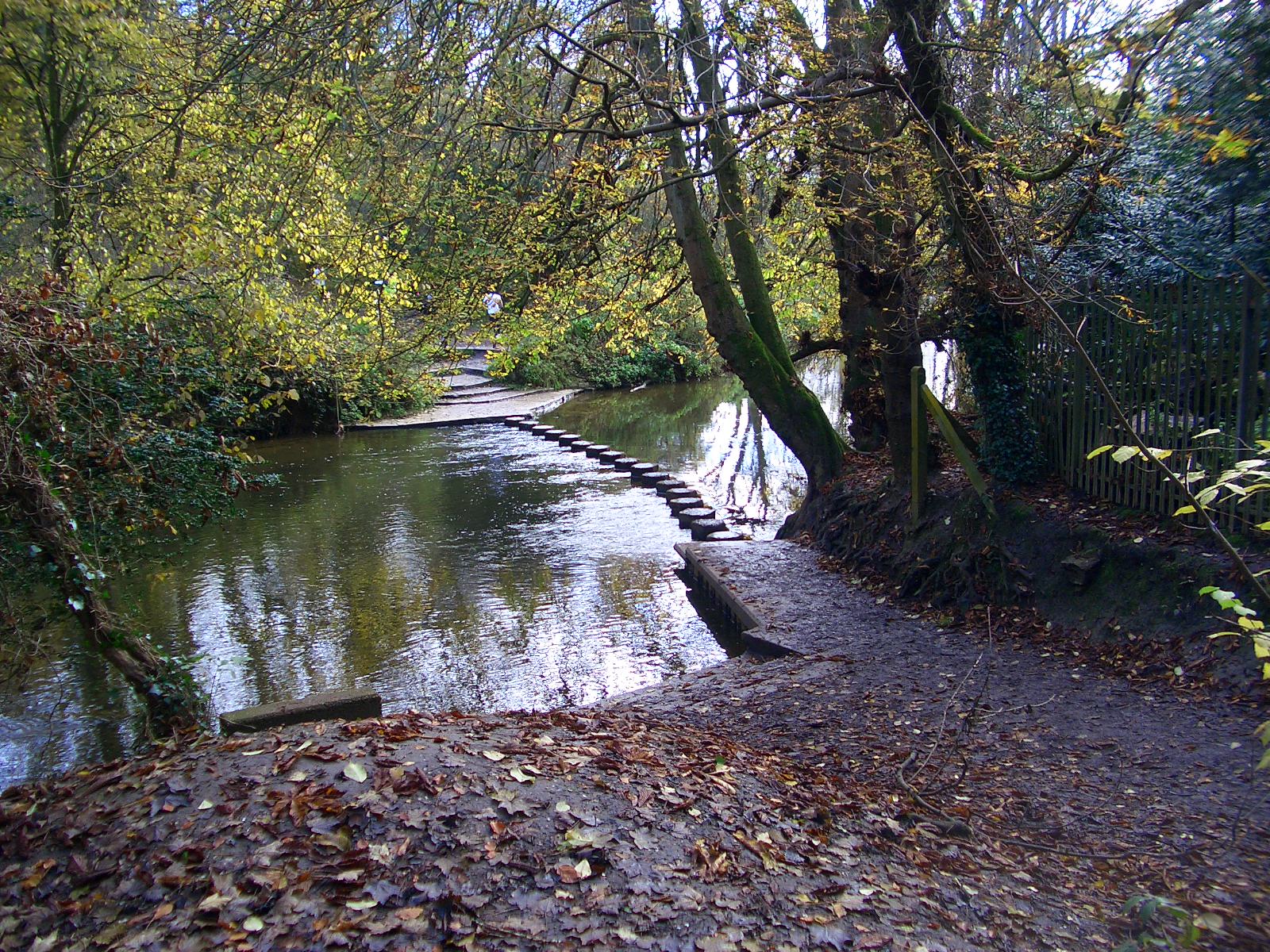
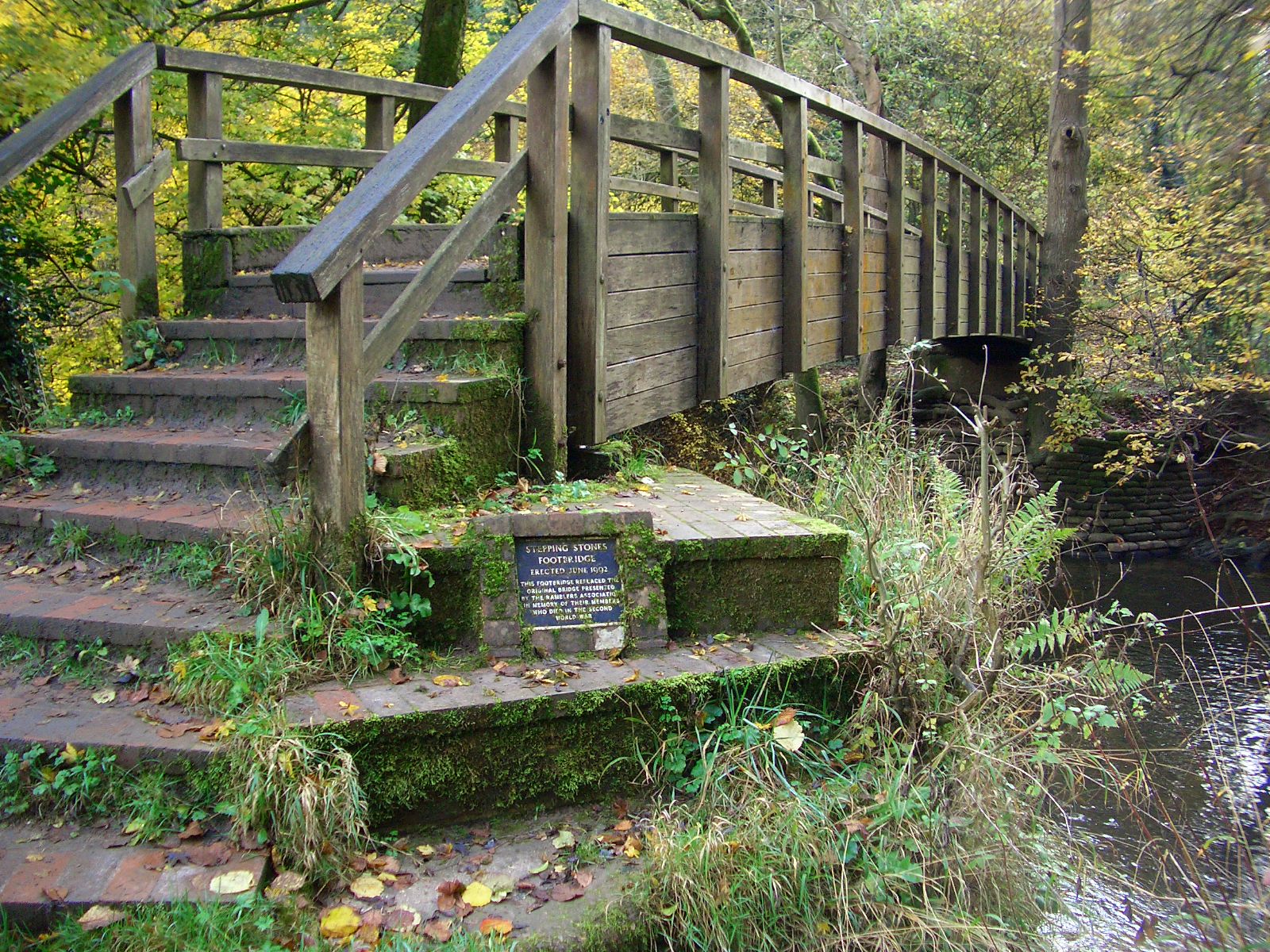
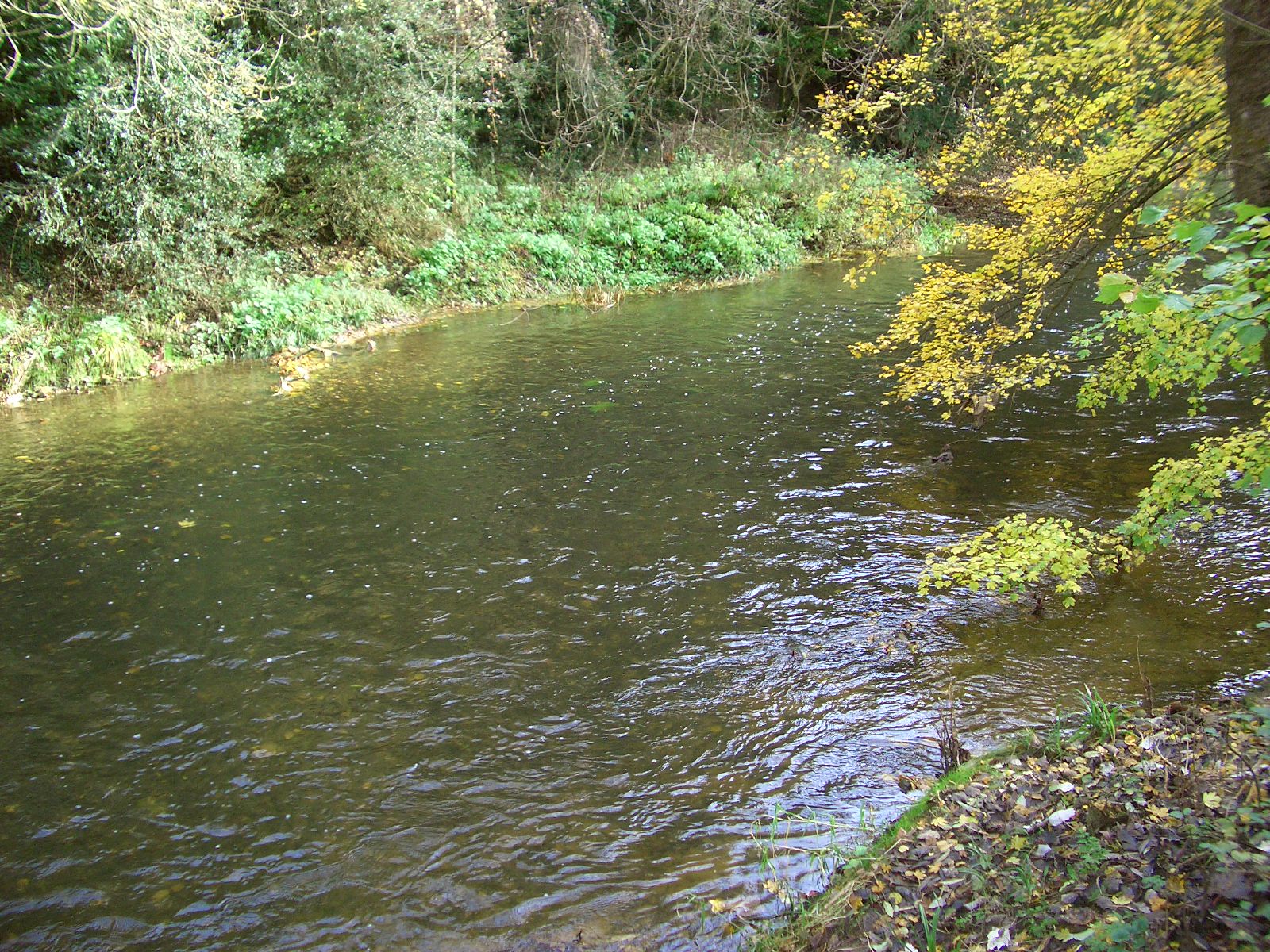
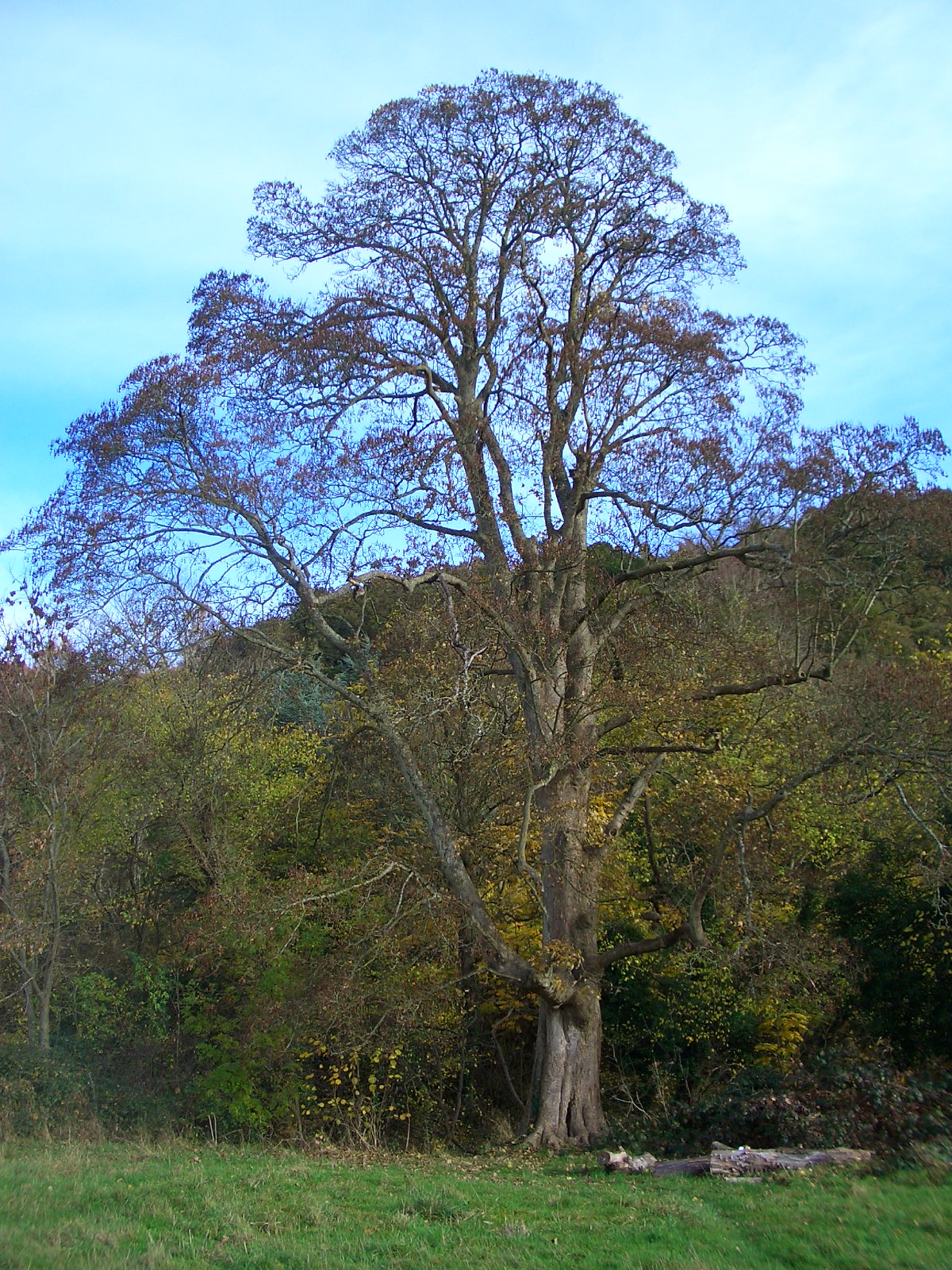
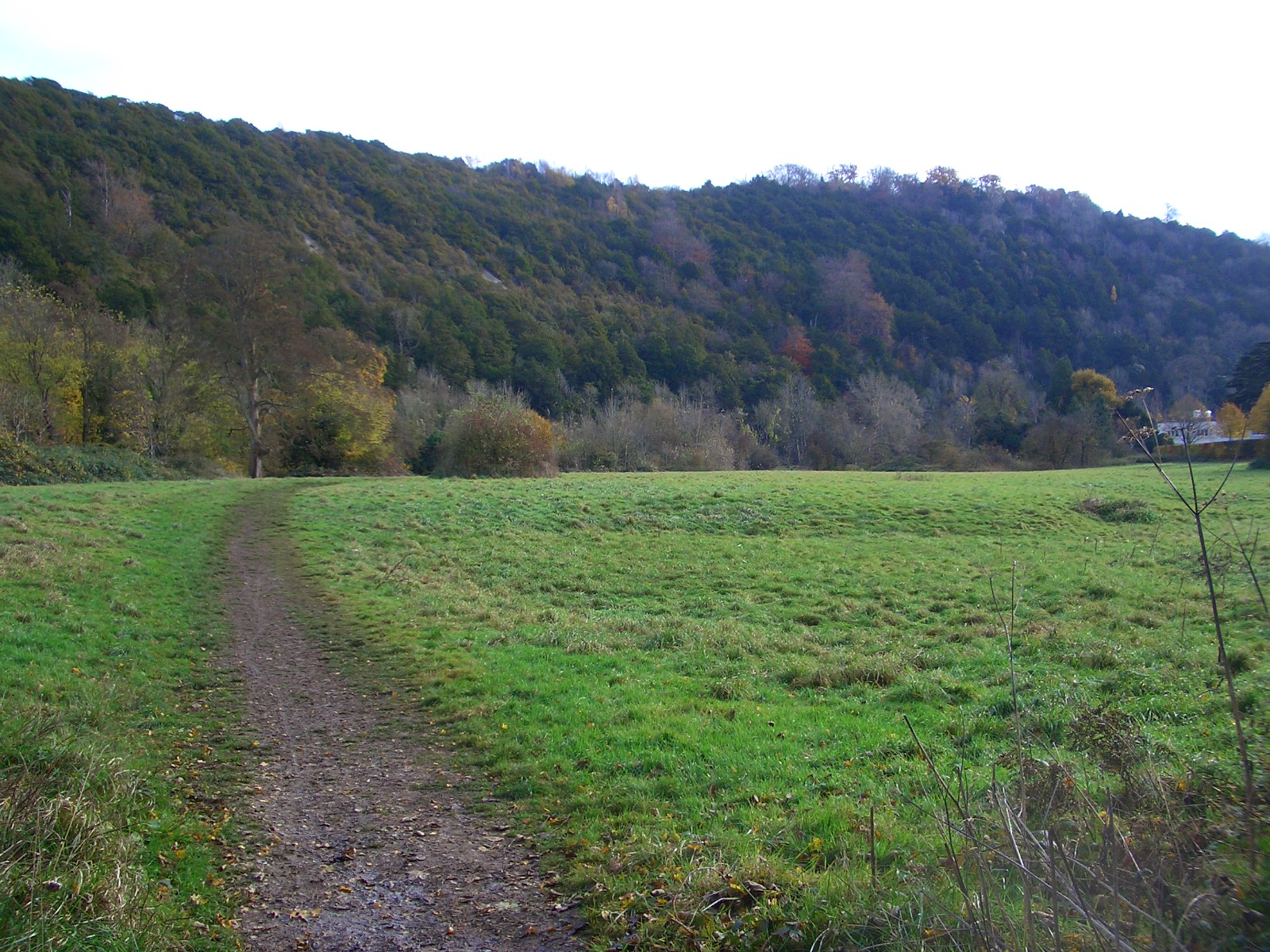
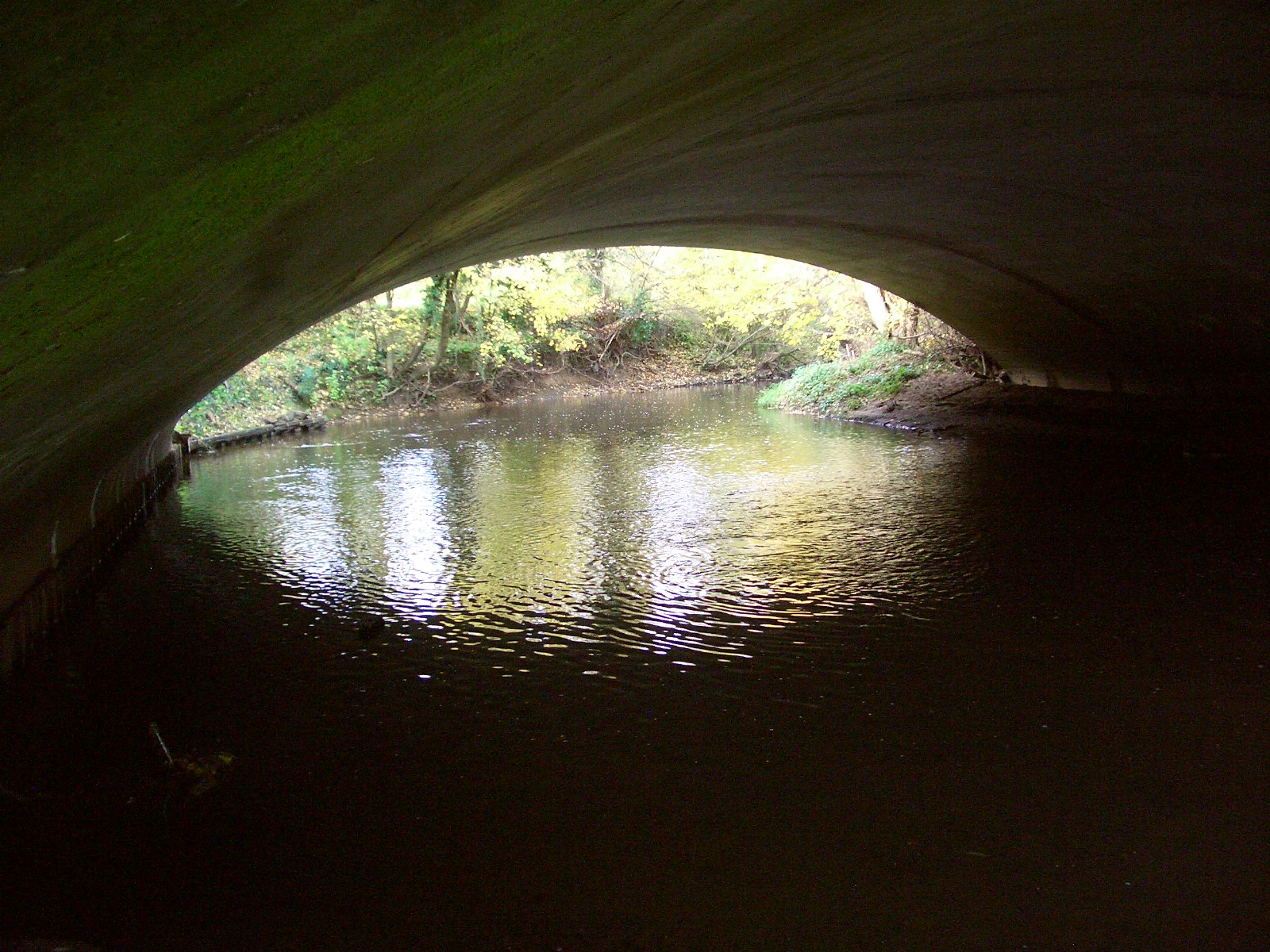
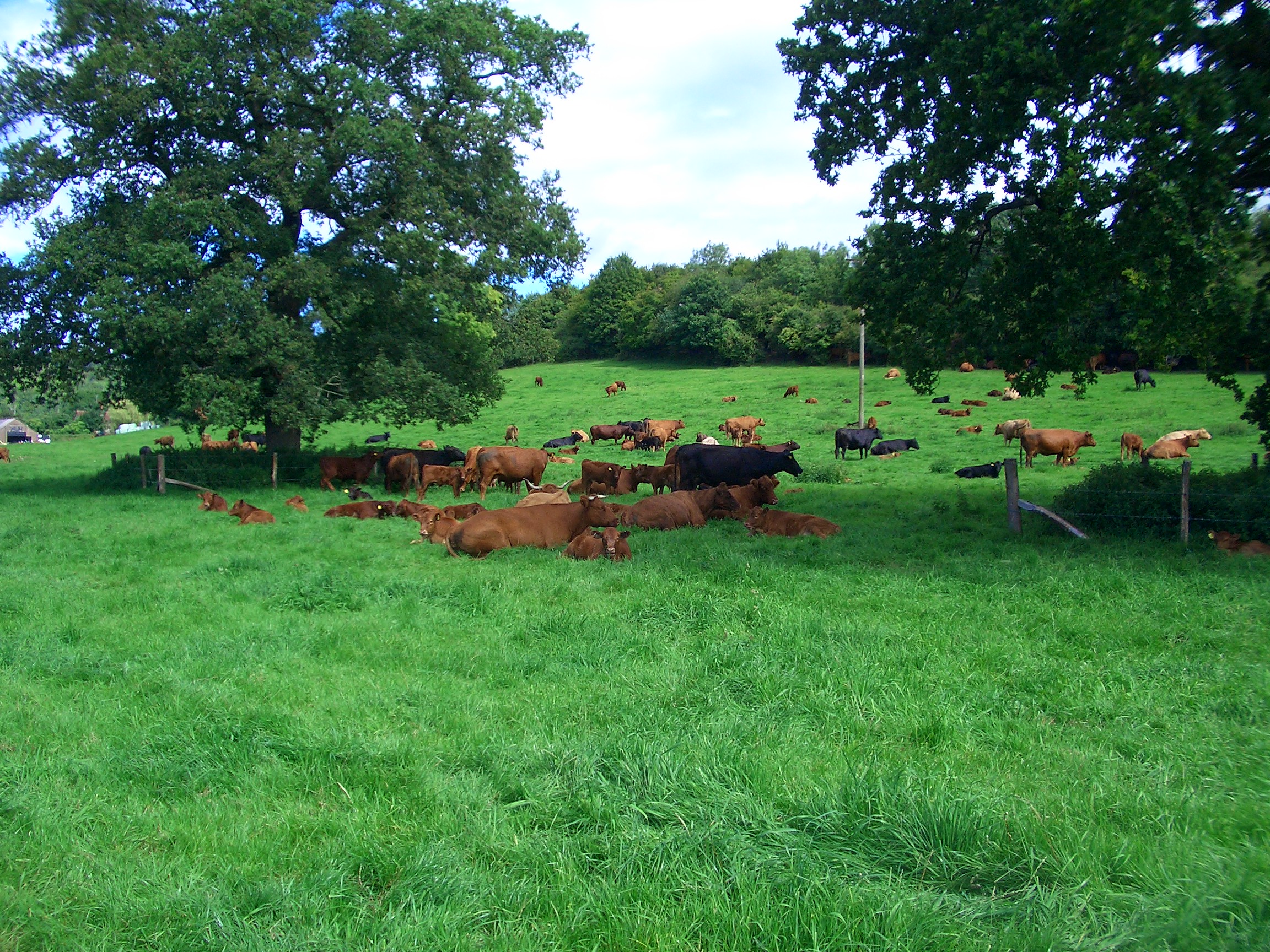
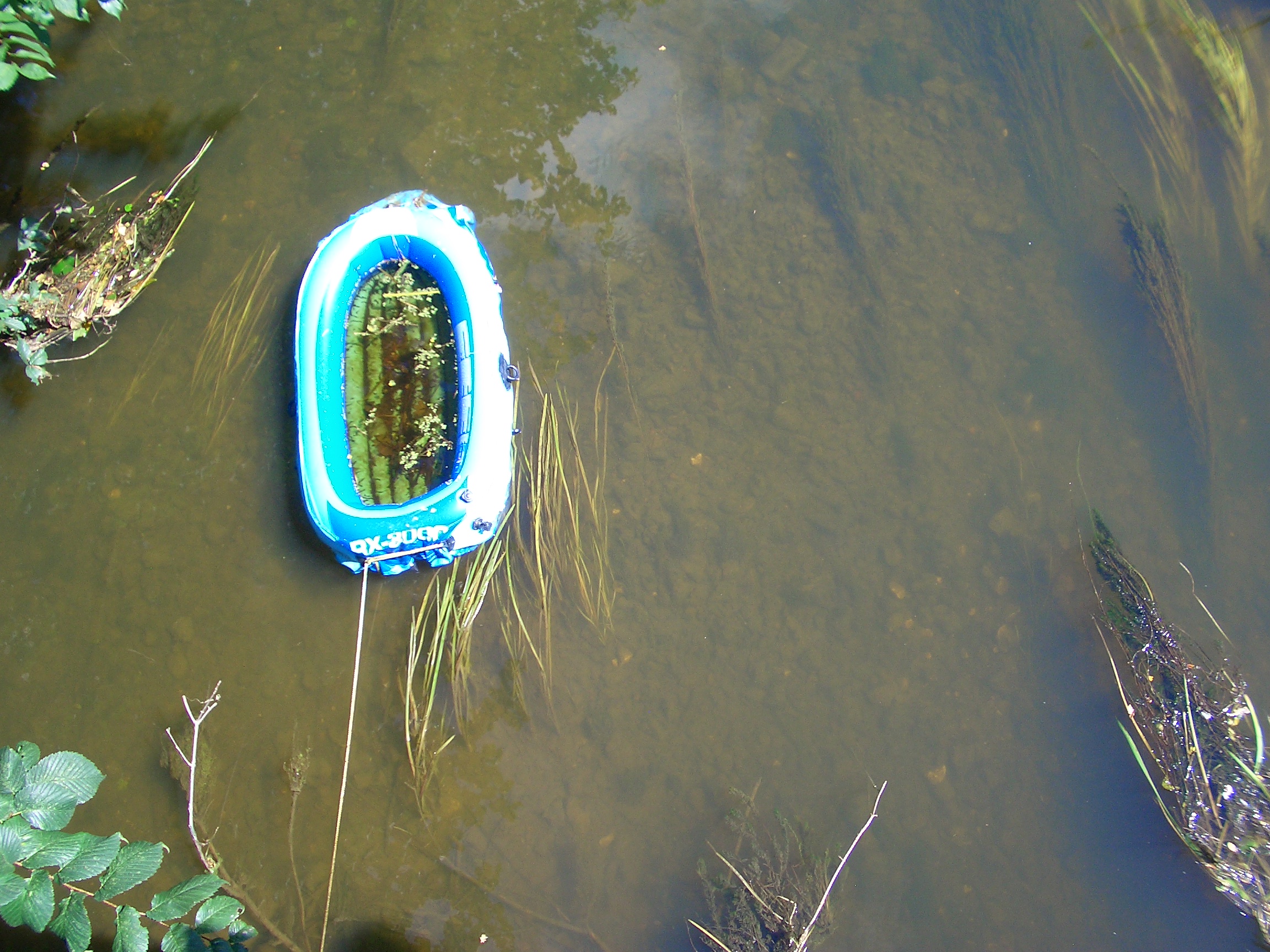
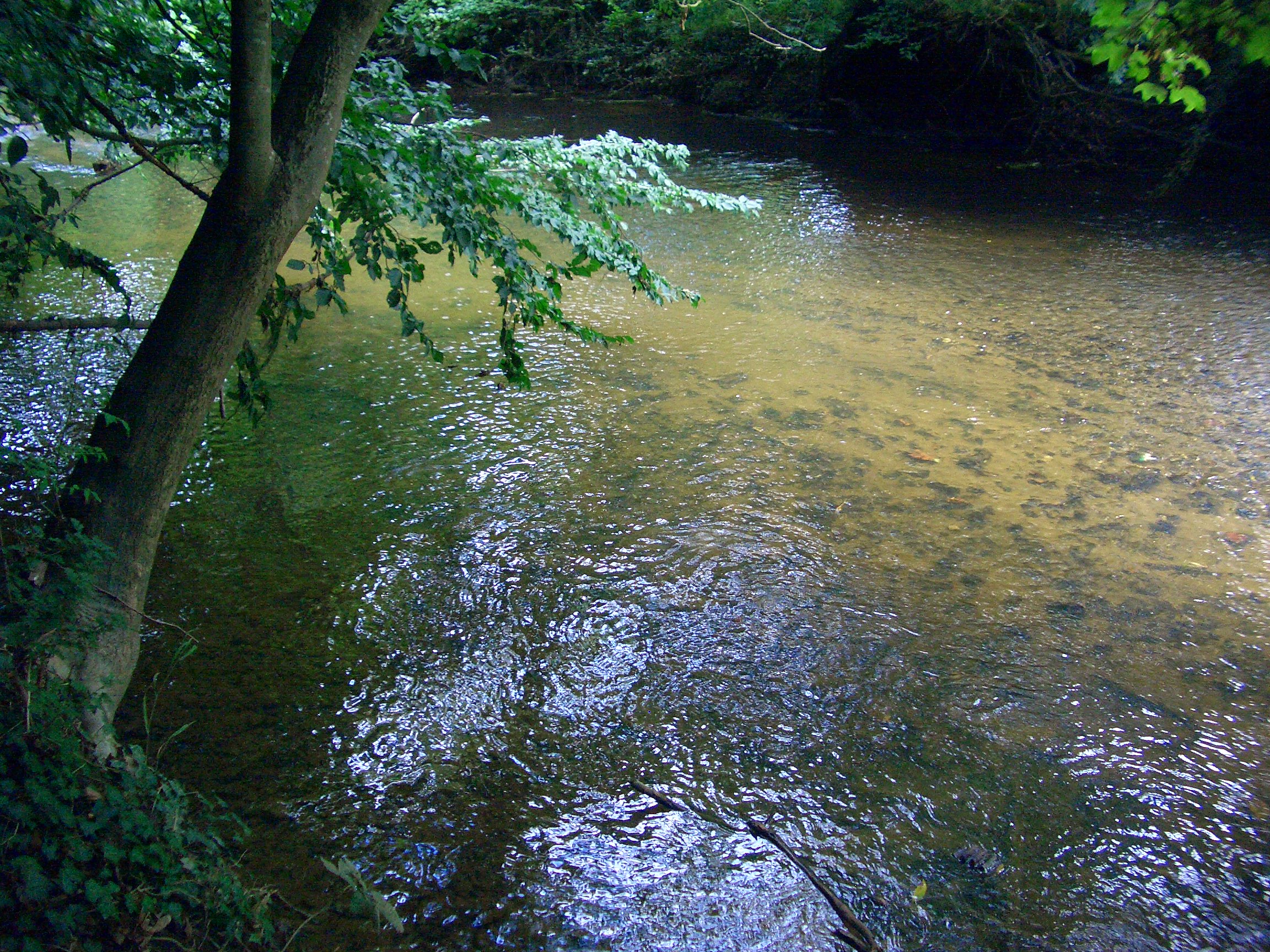
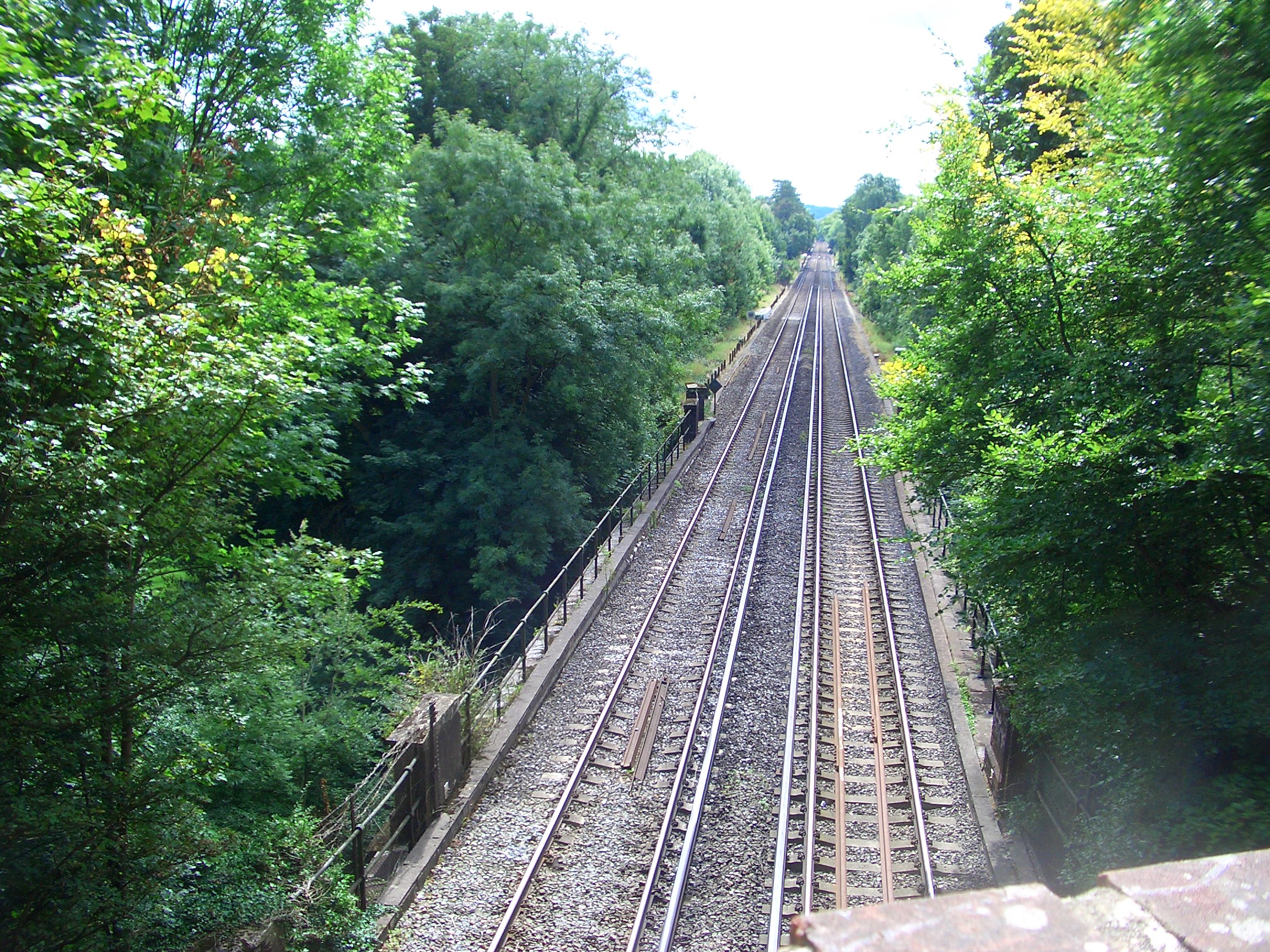
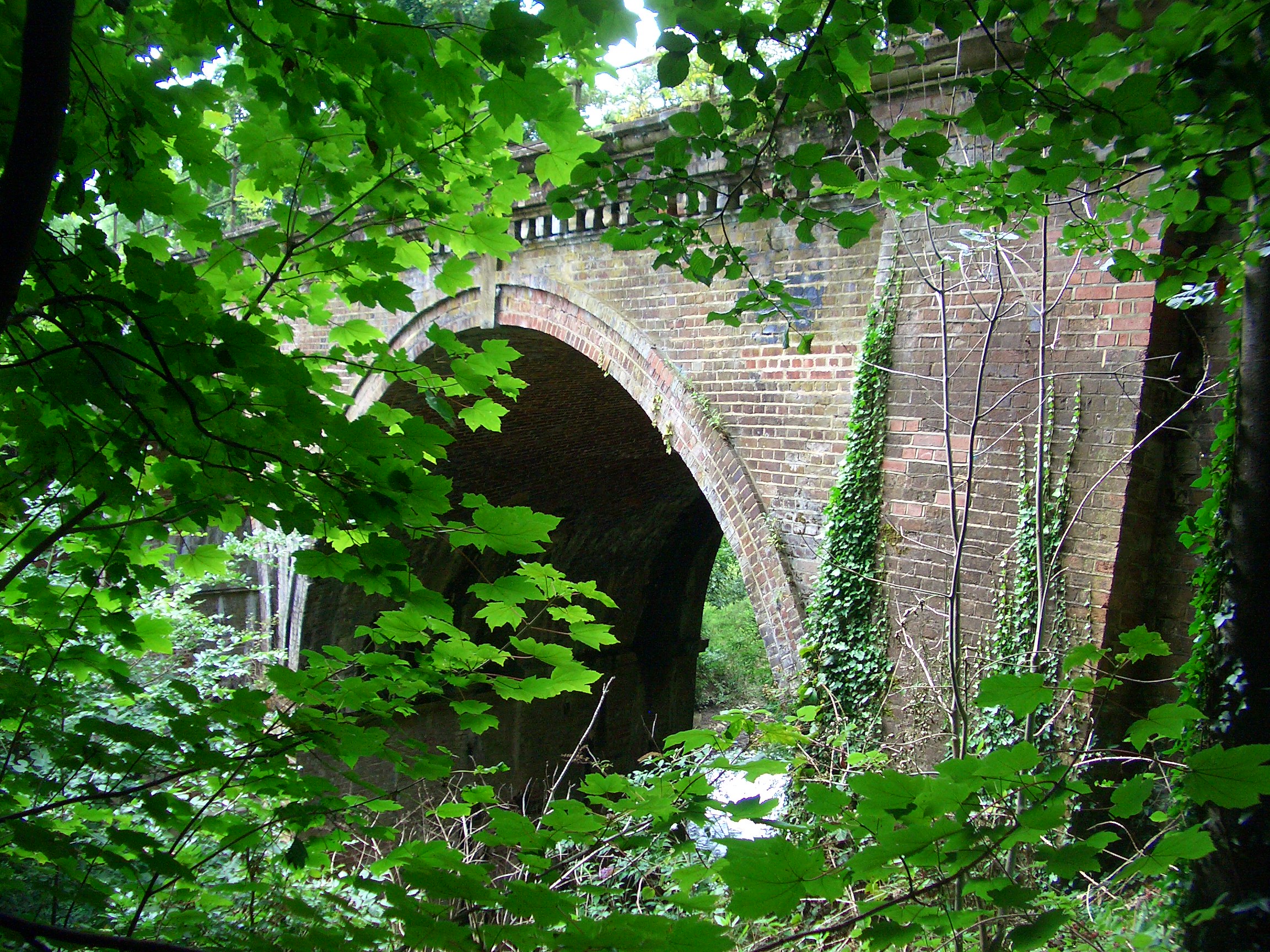
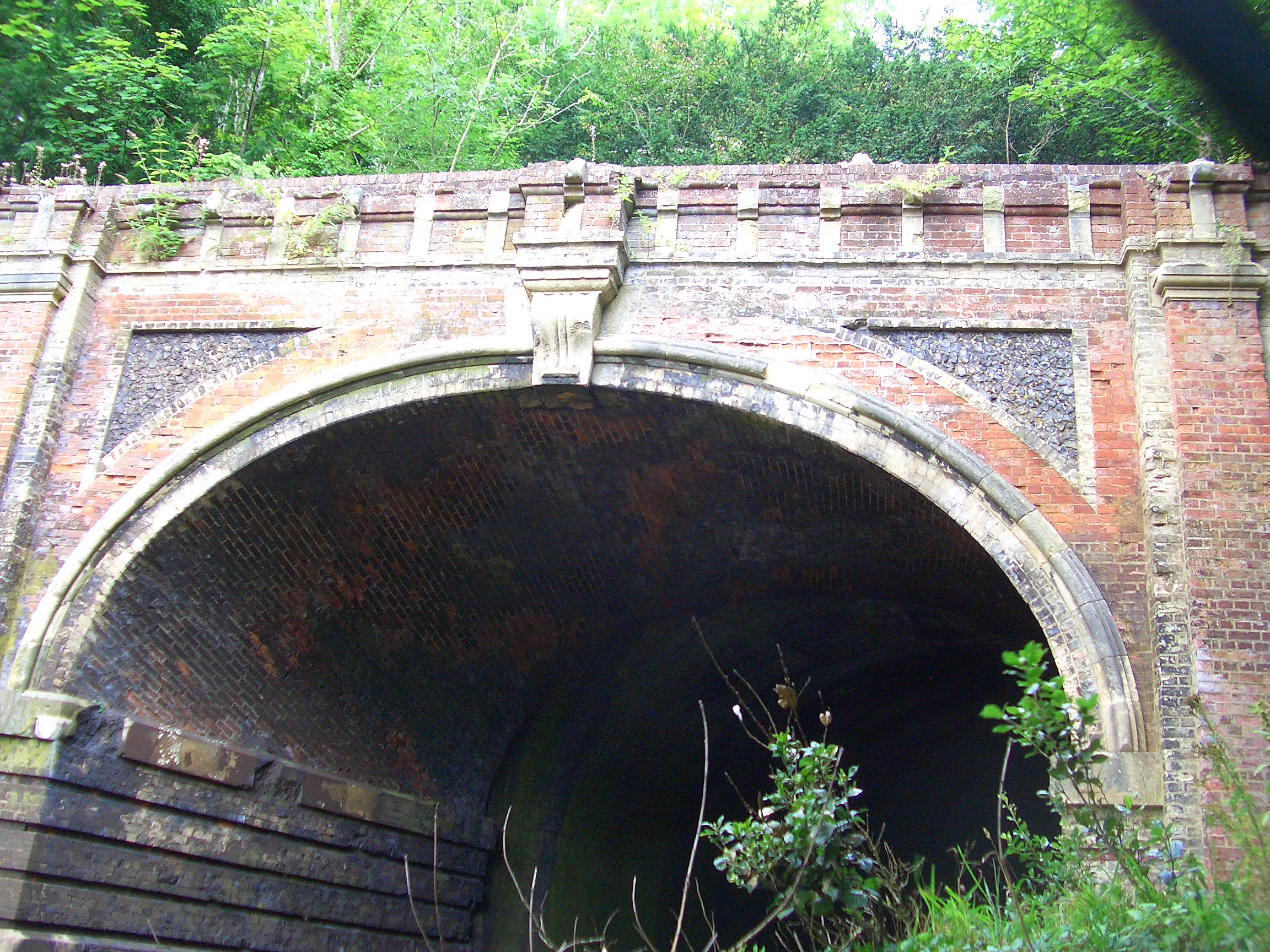
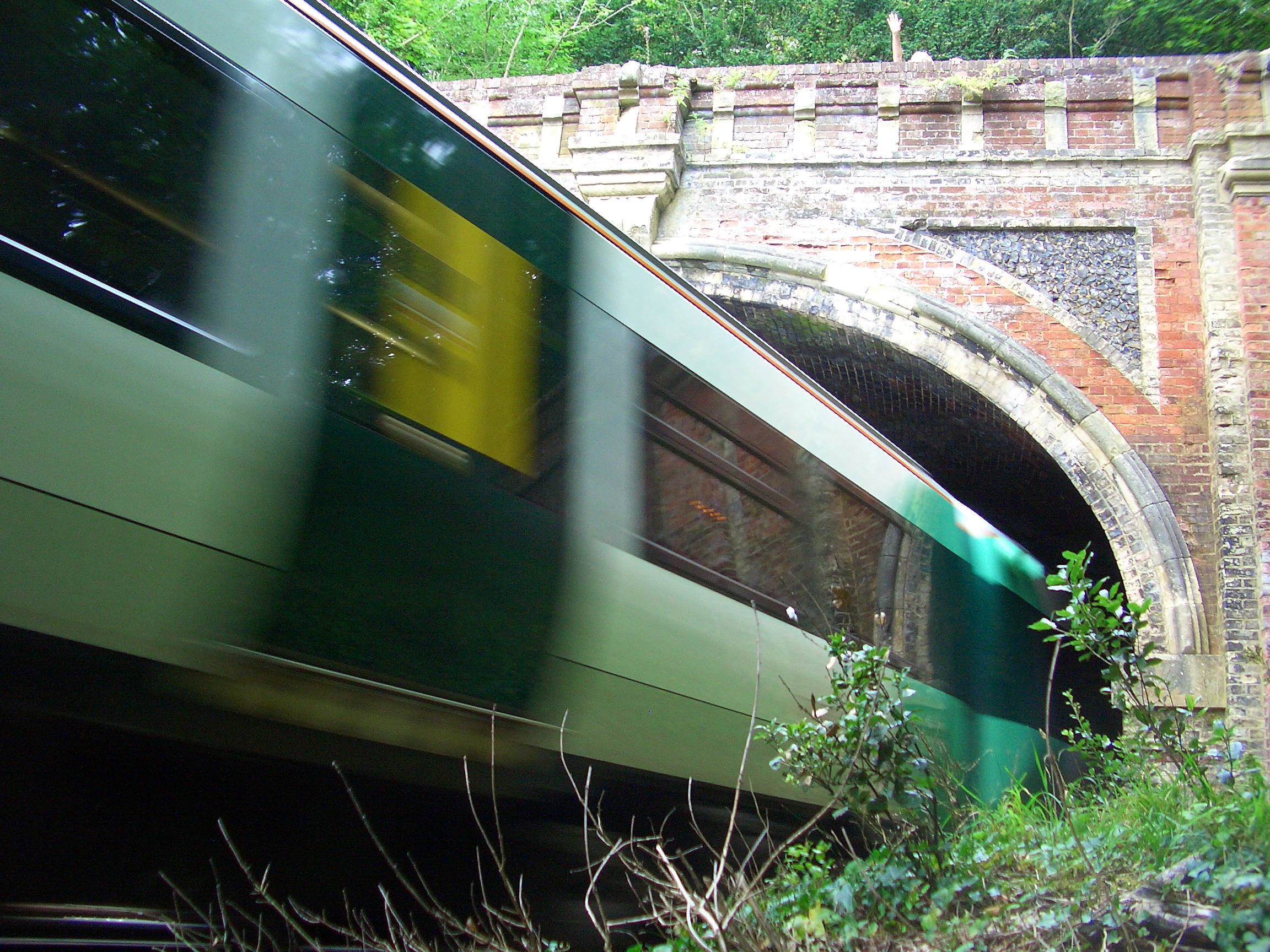
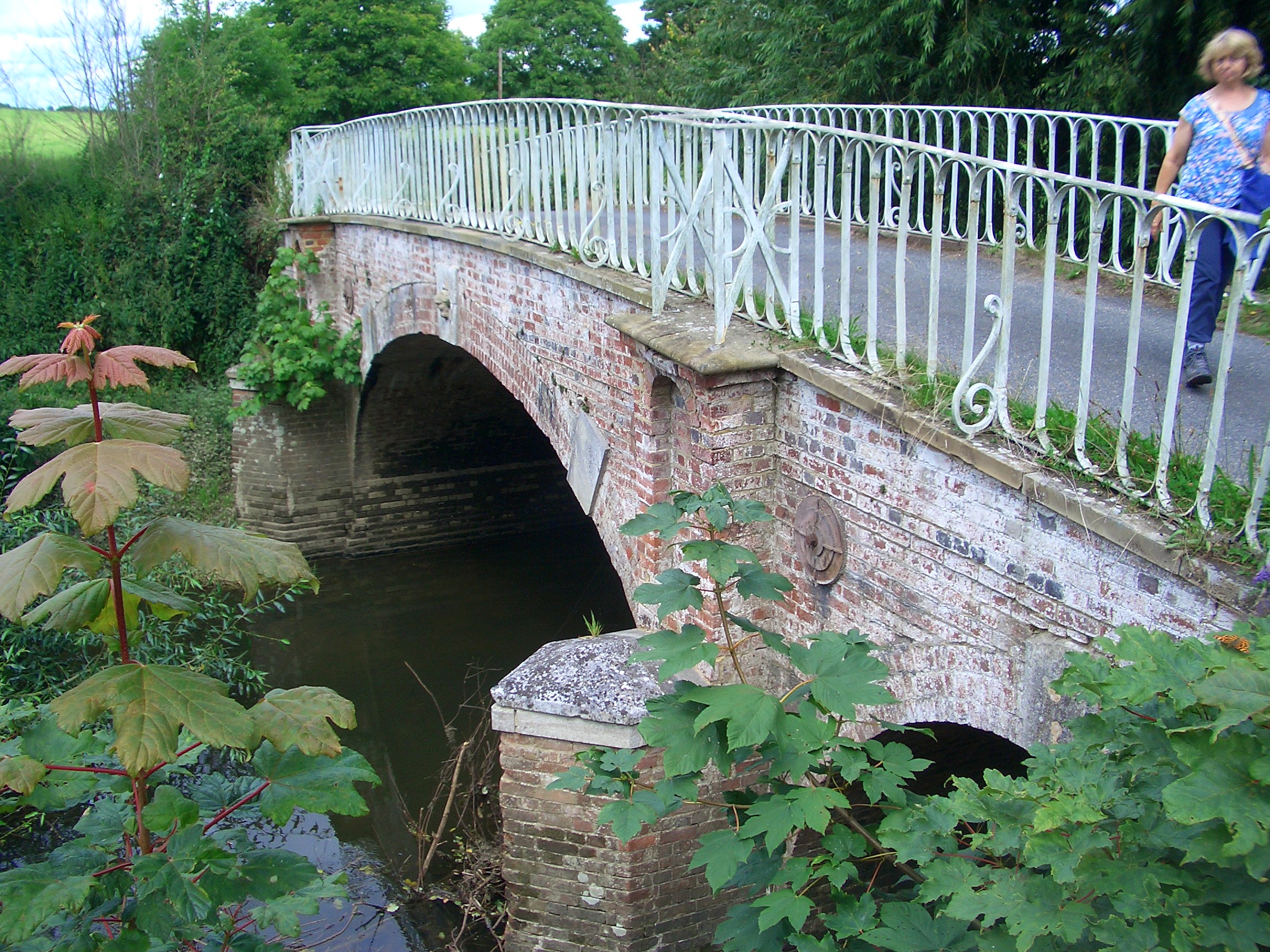
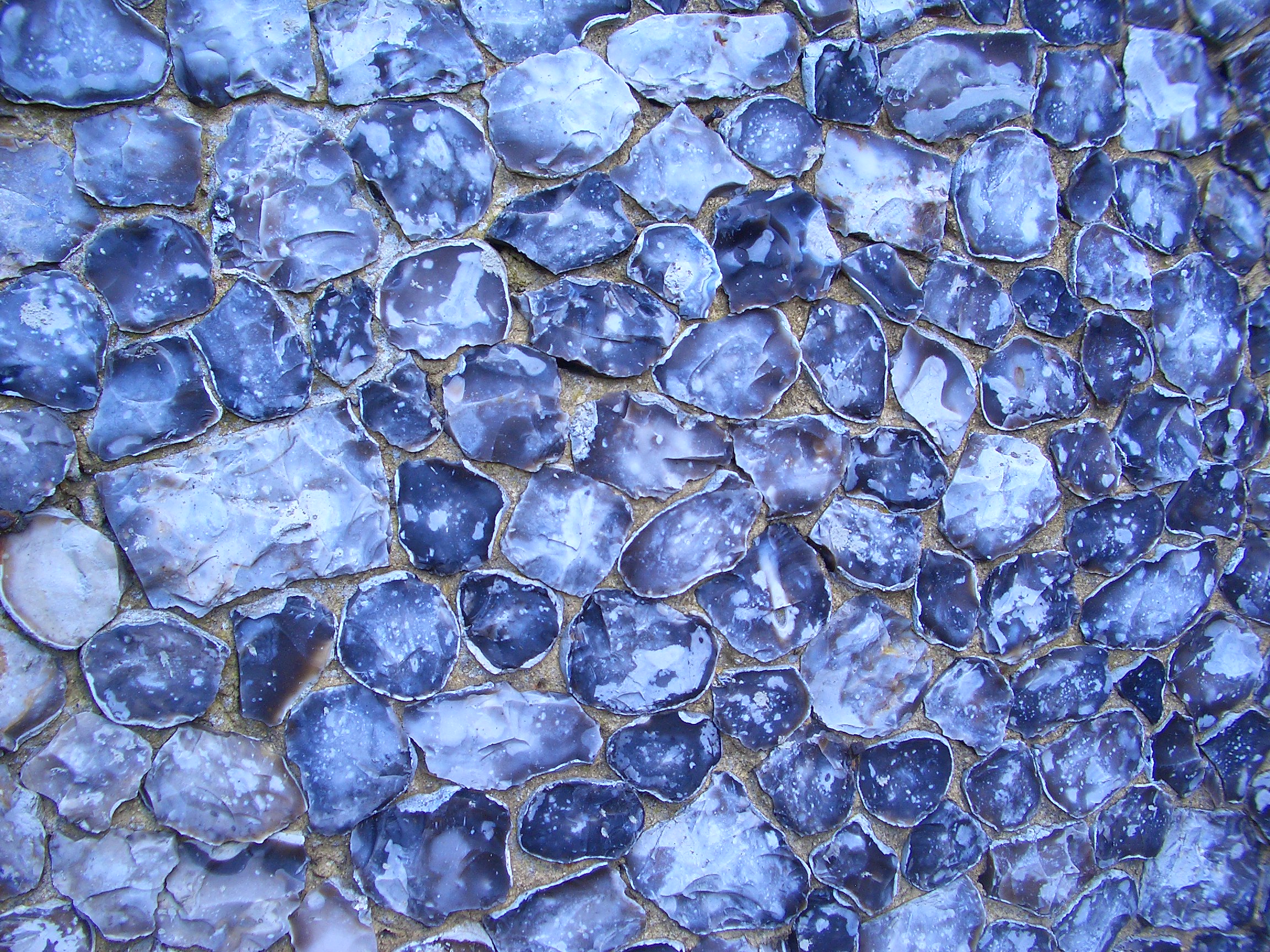

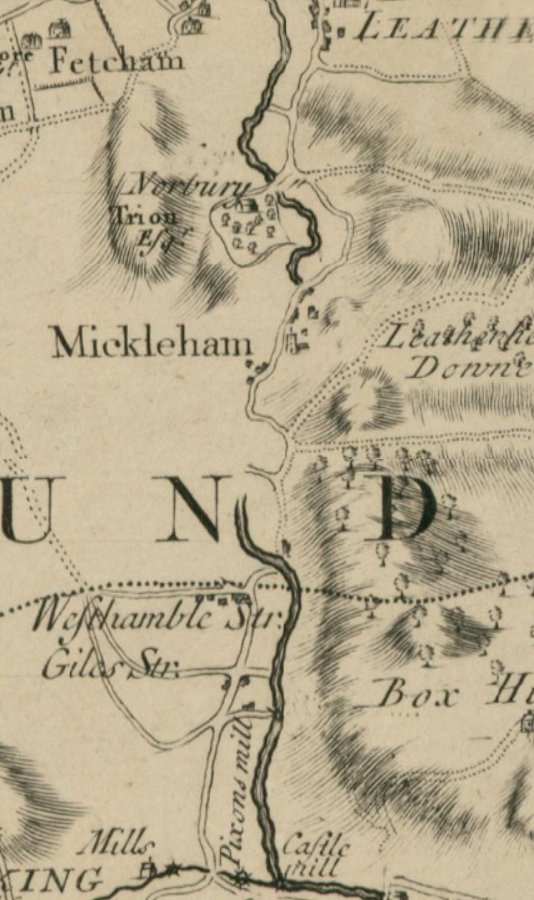 The Gap on the Map
The Gap on the Map